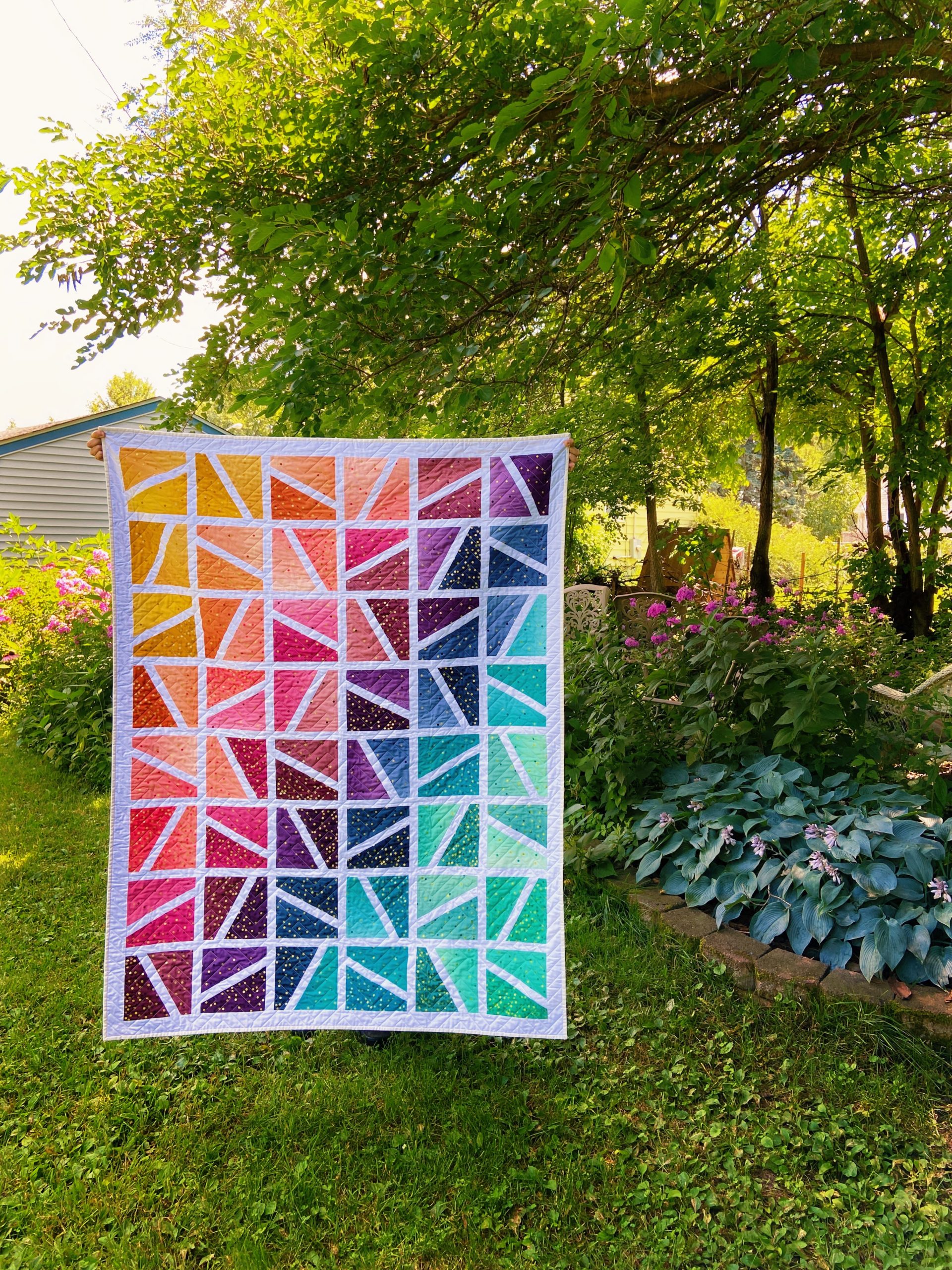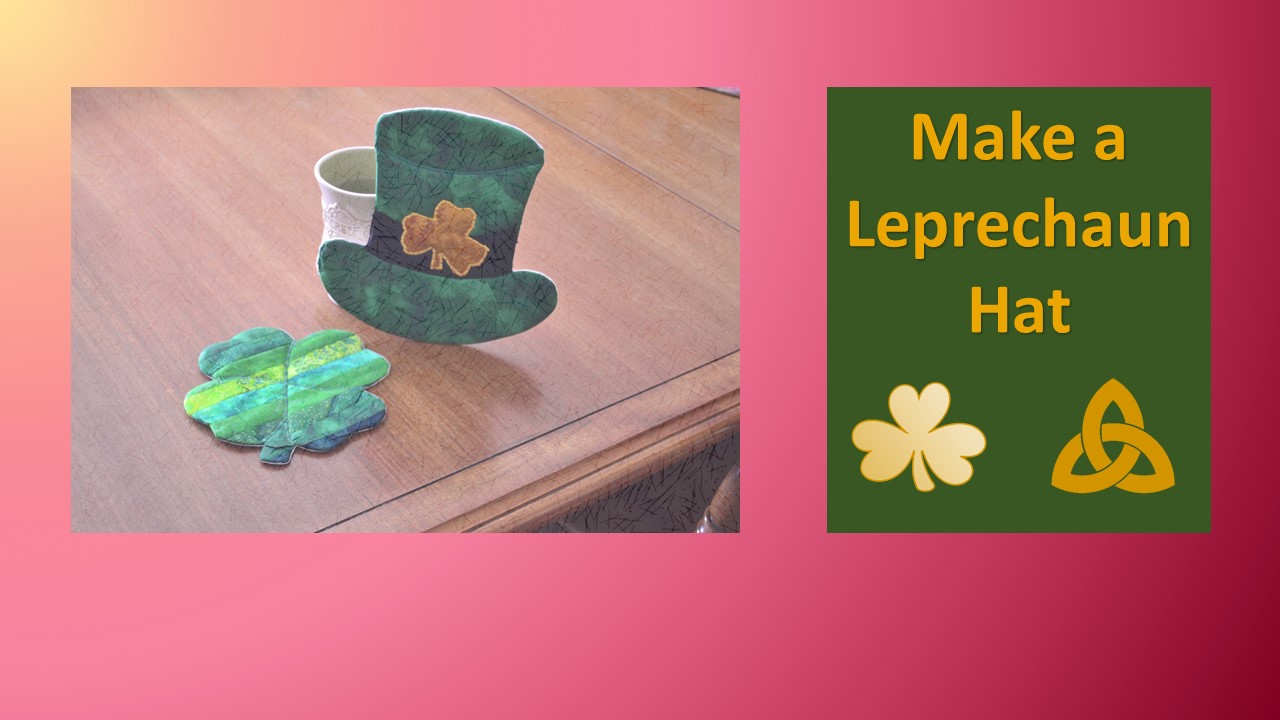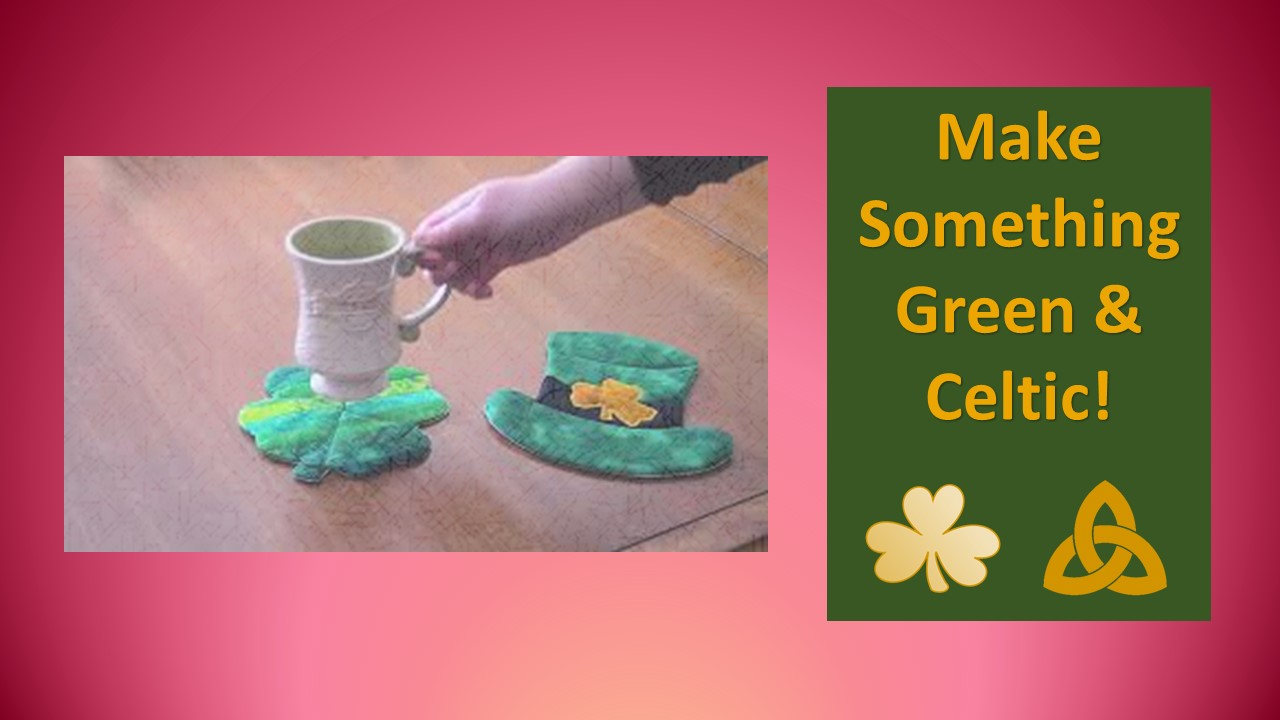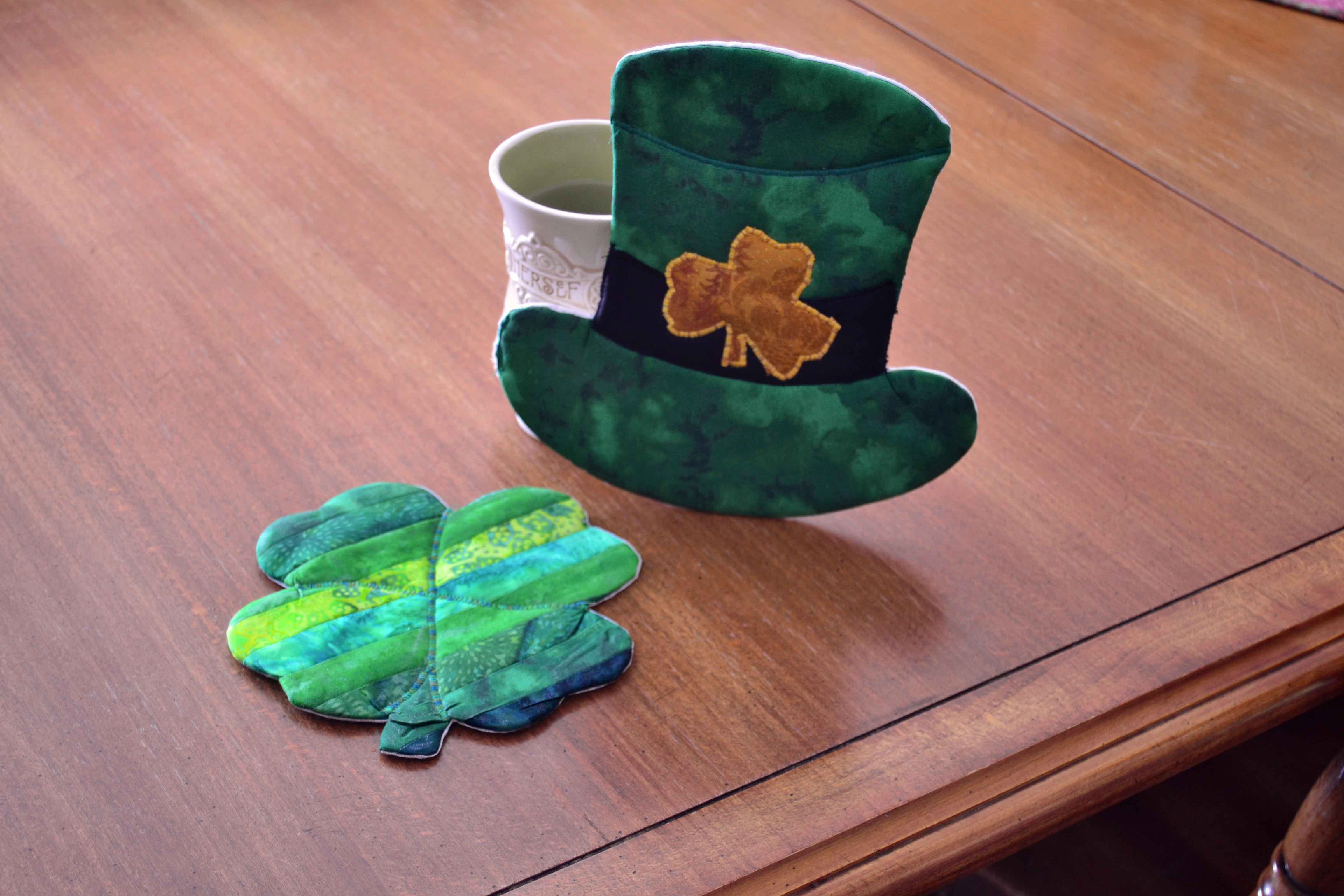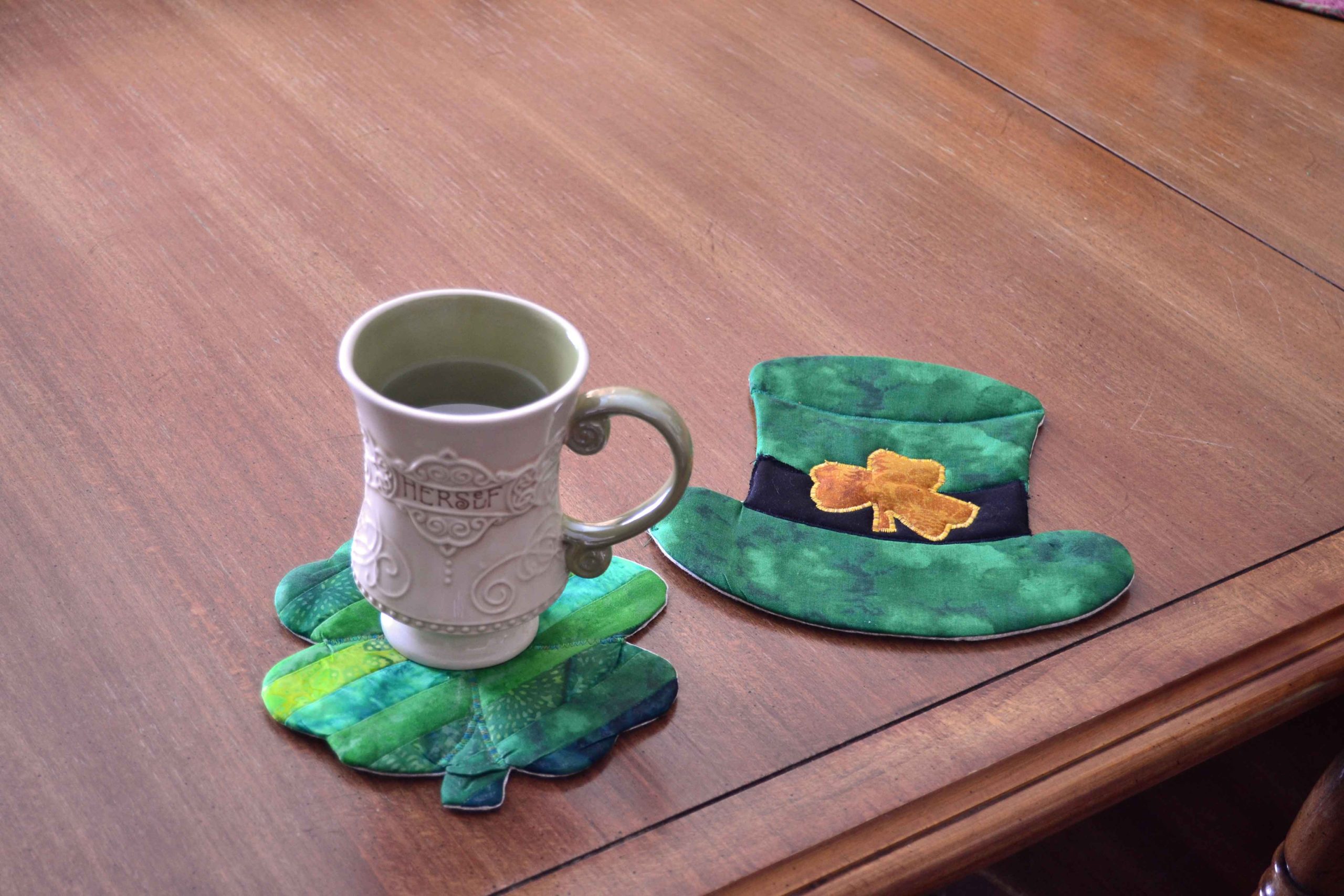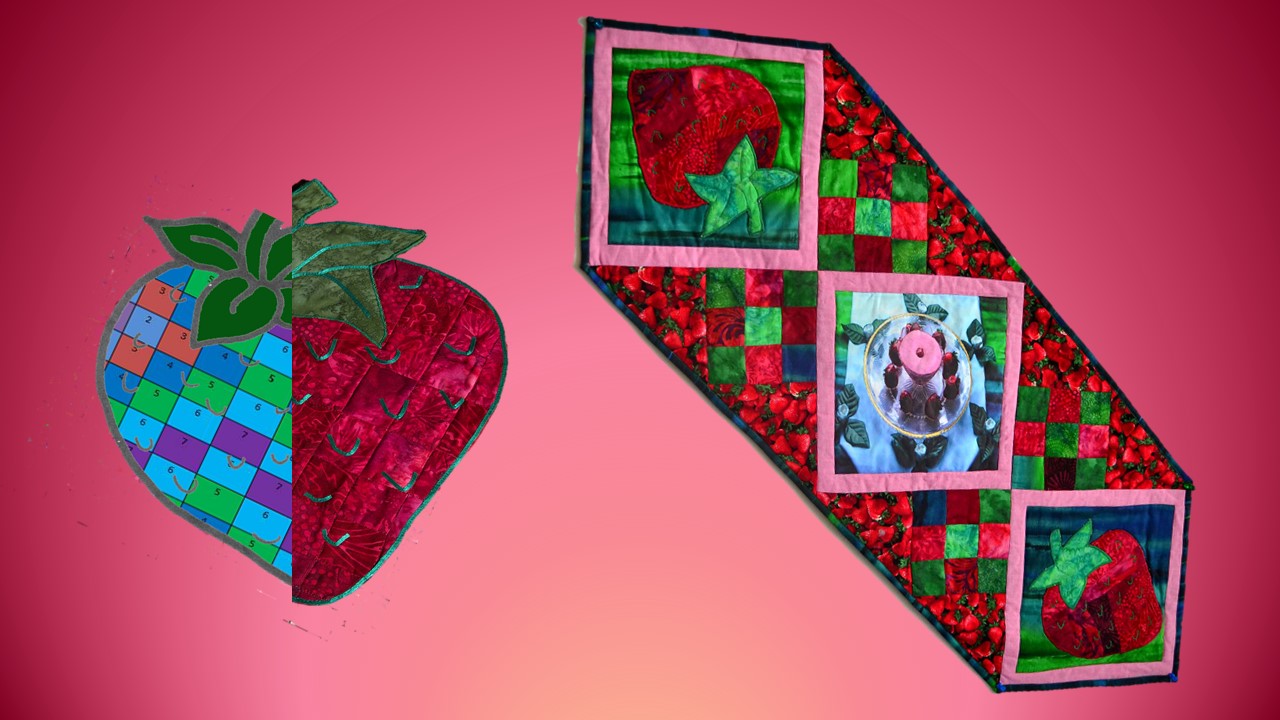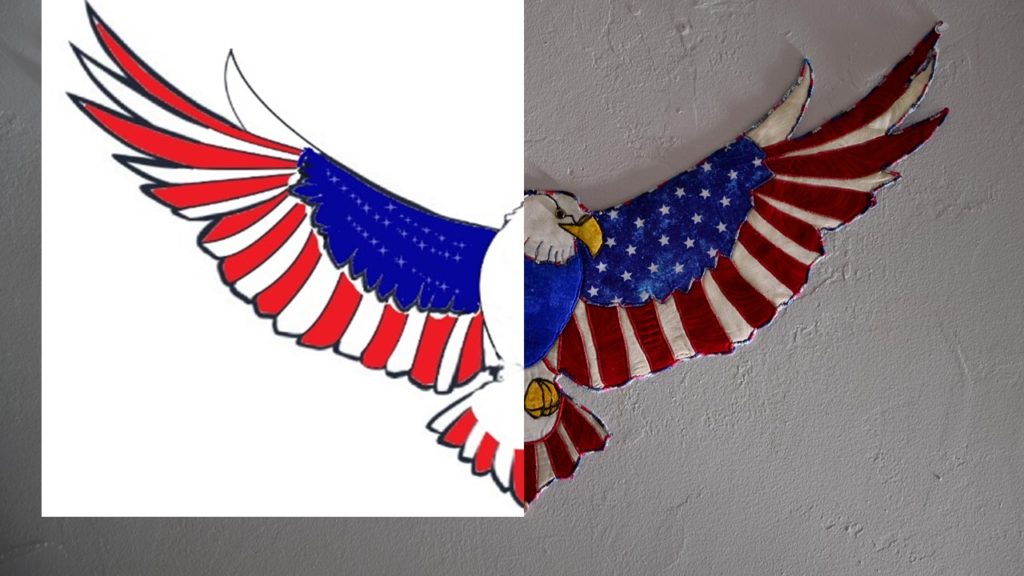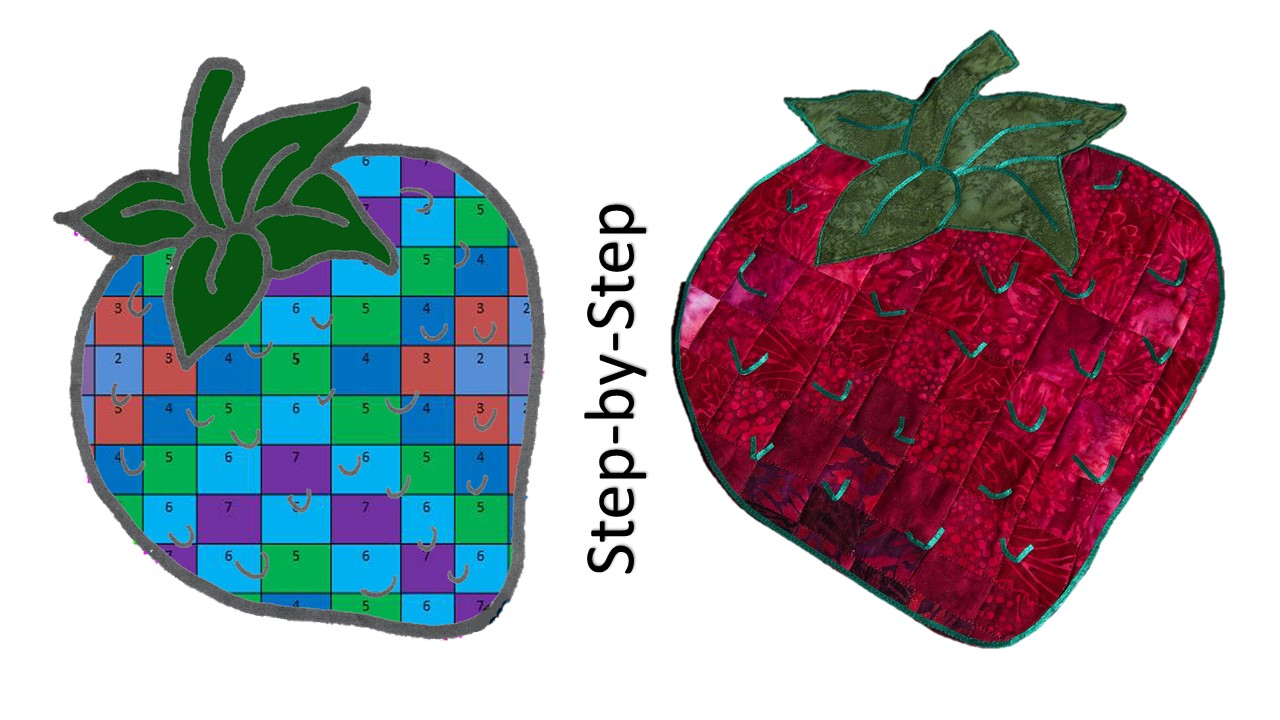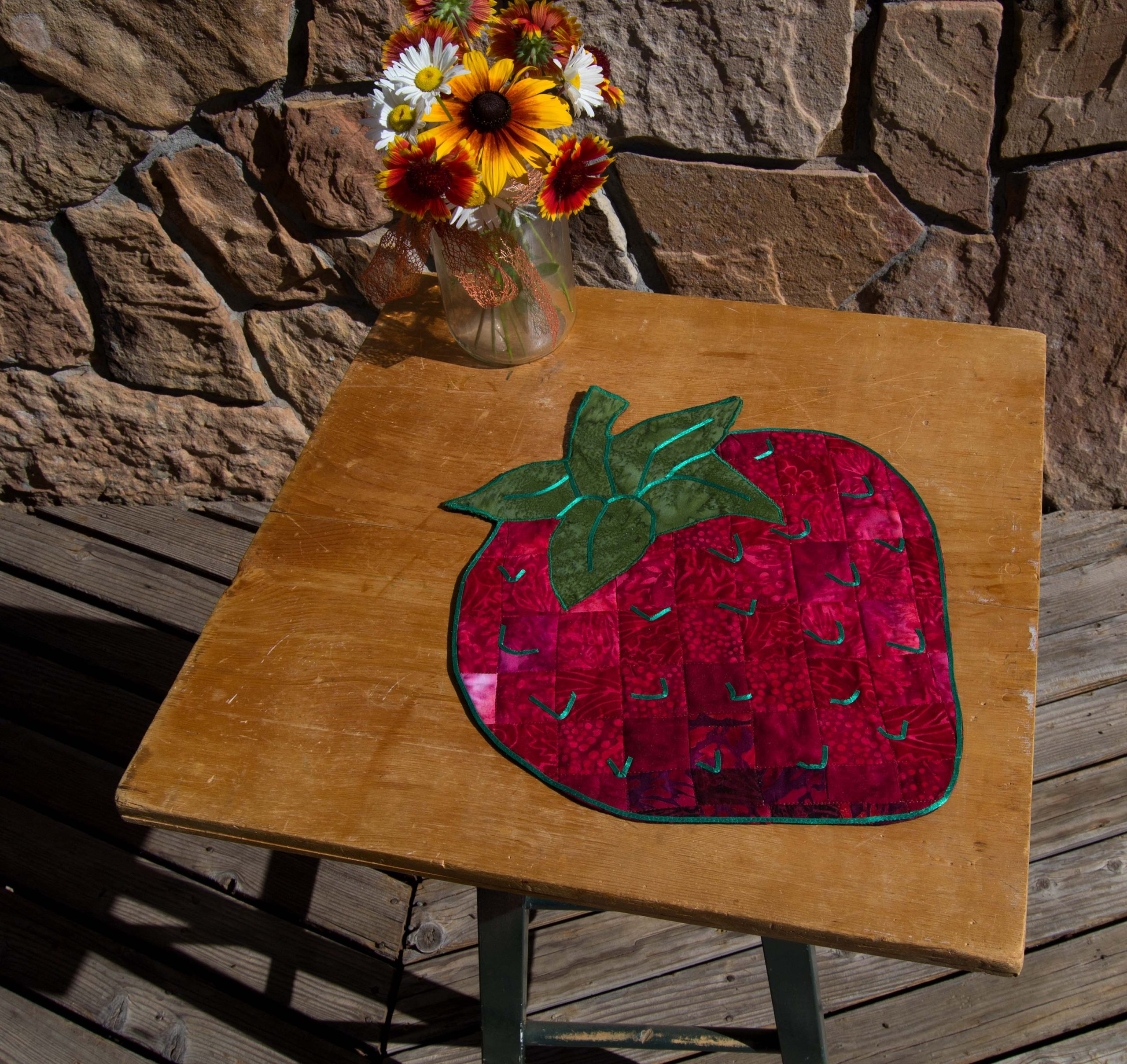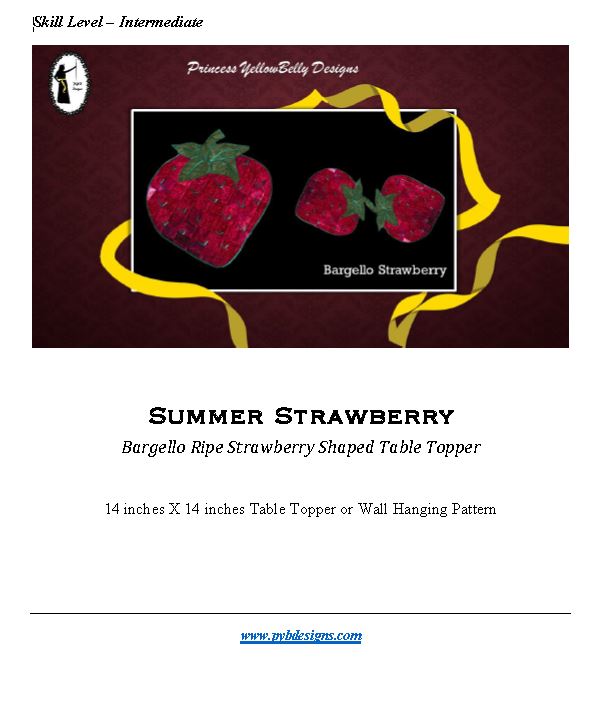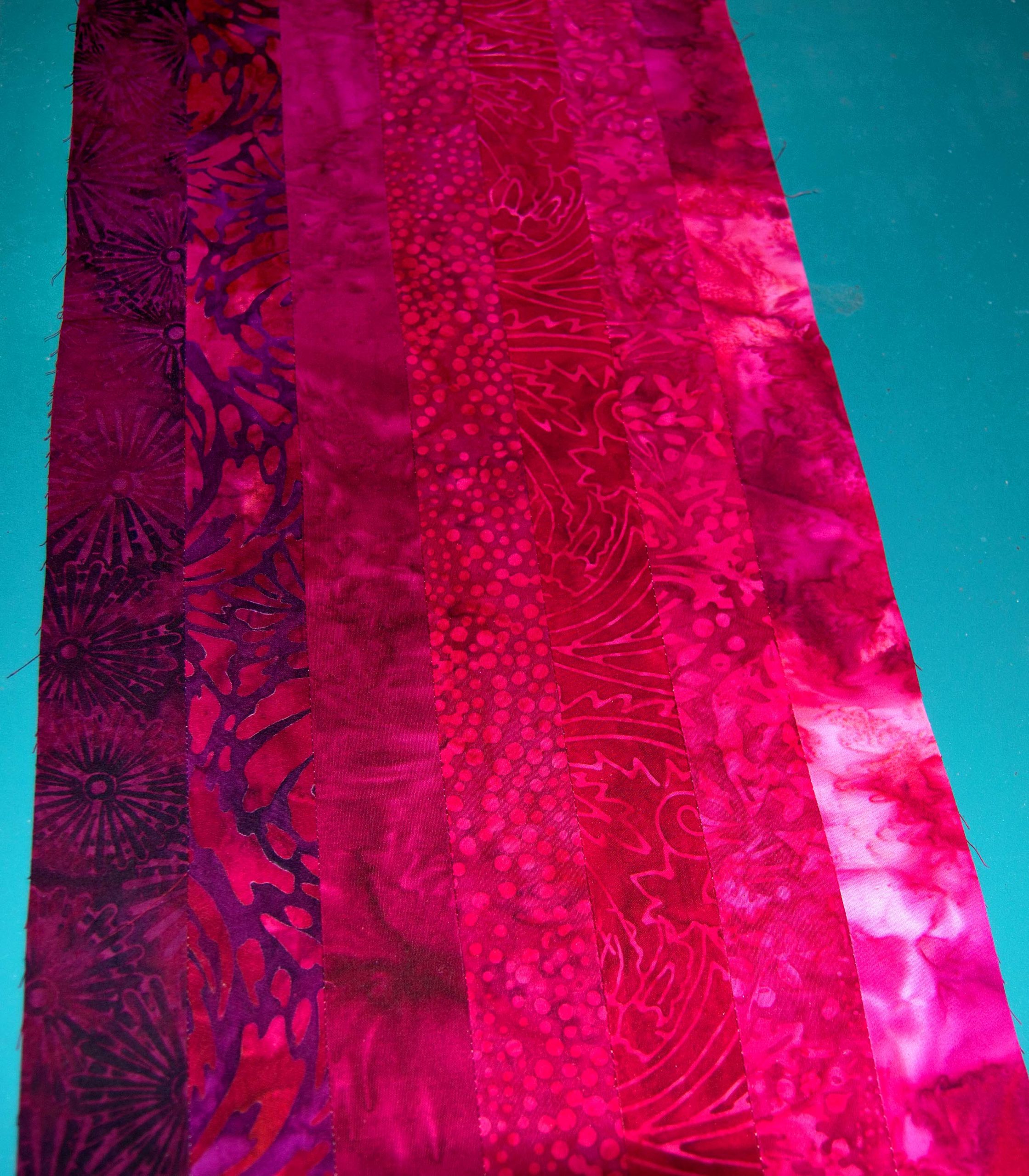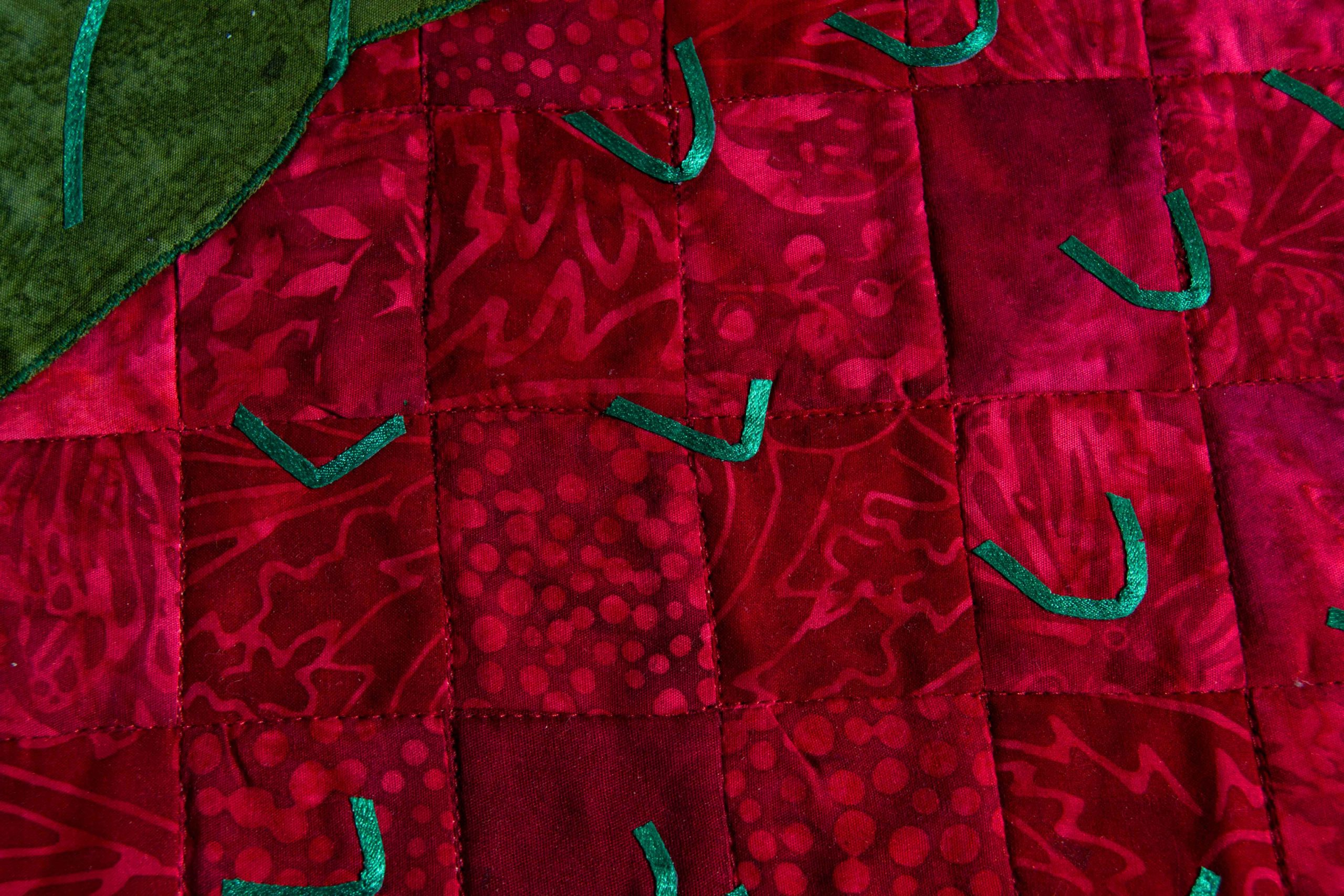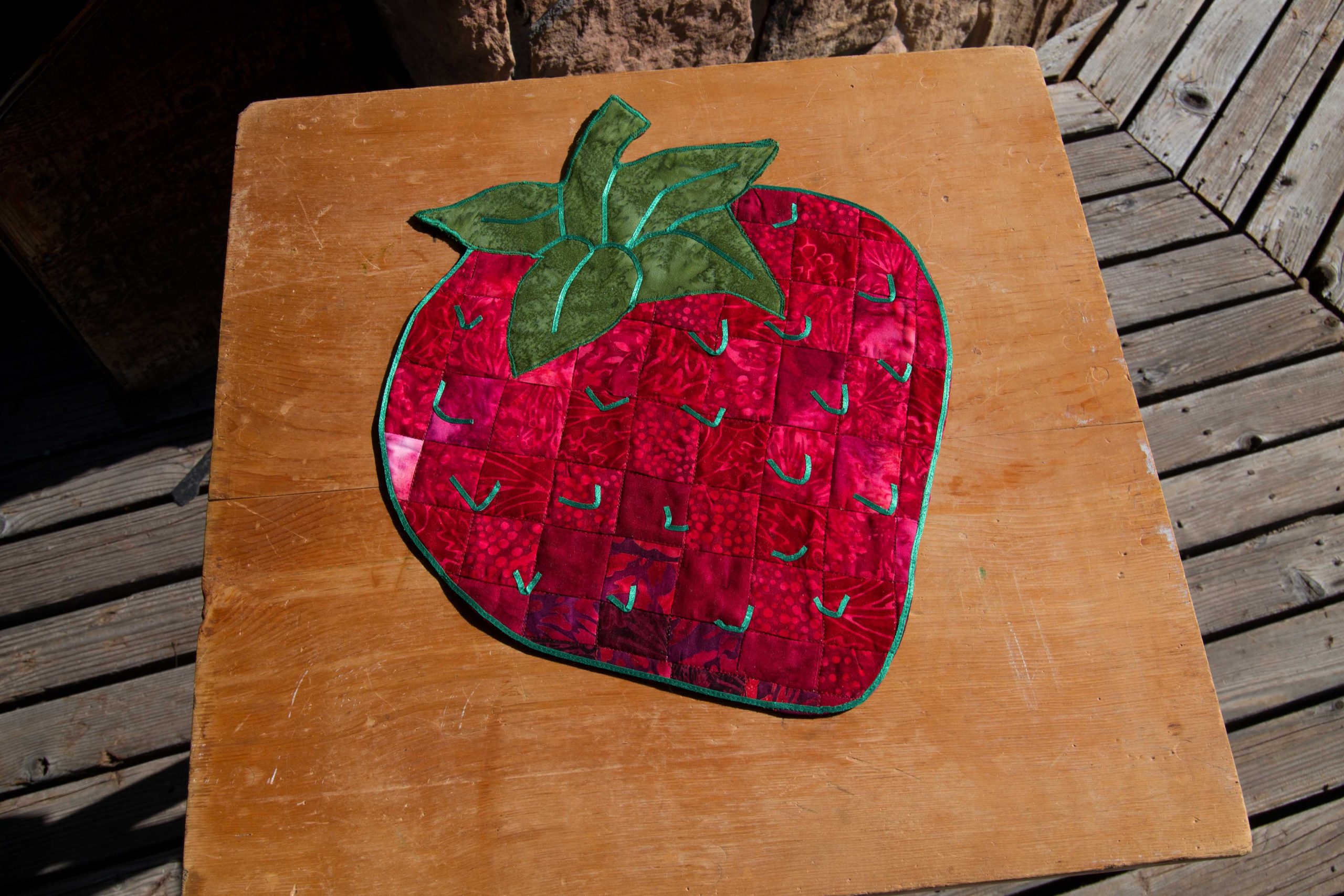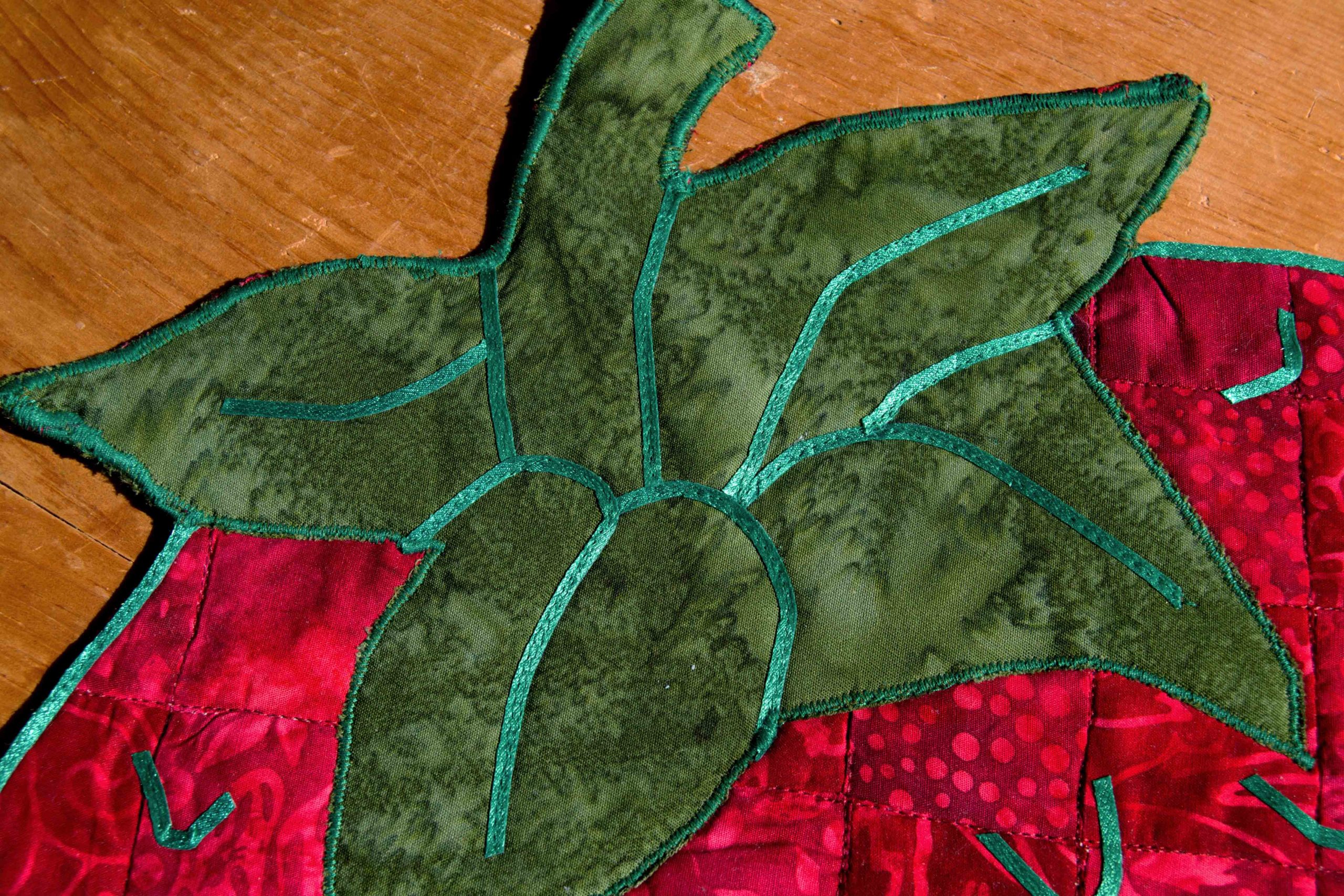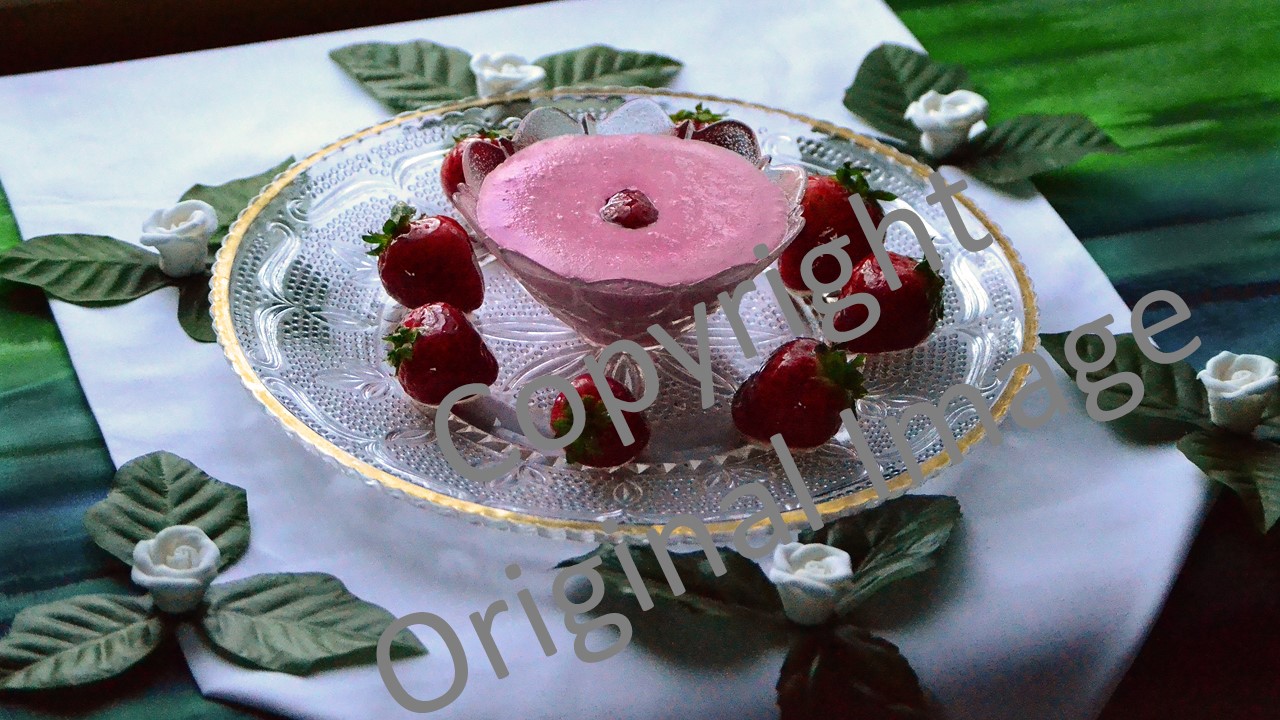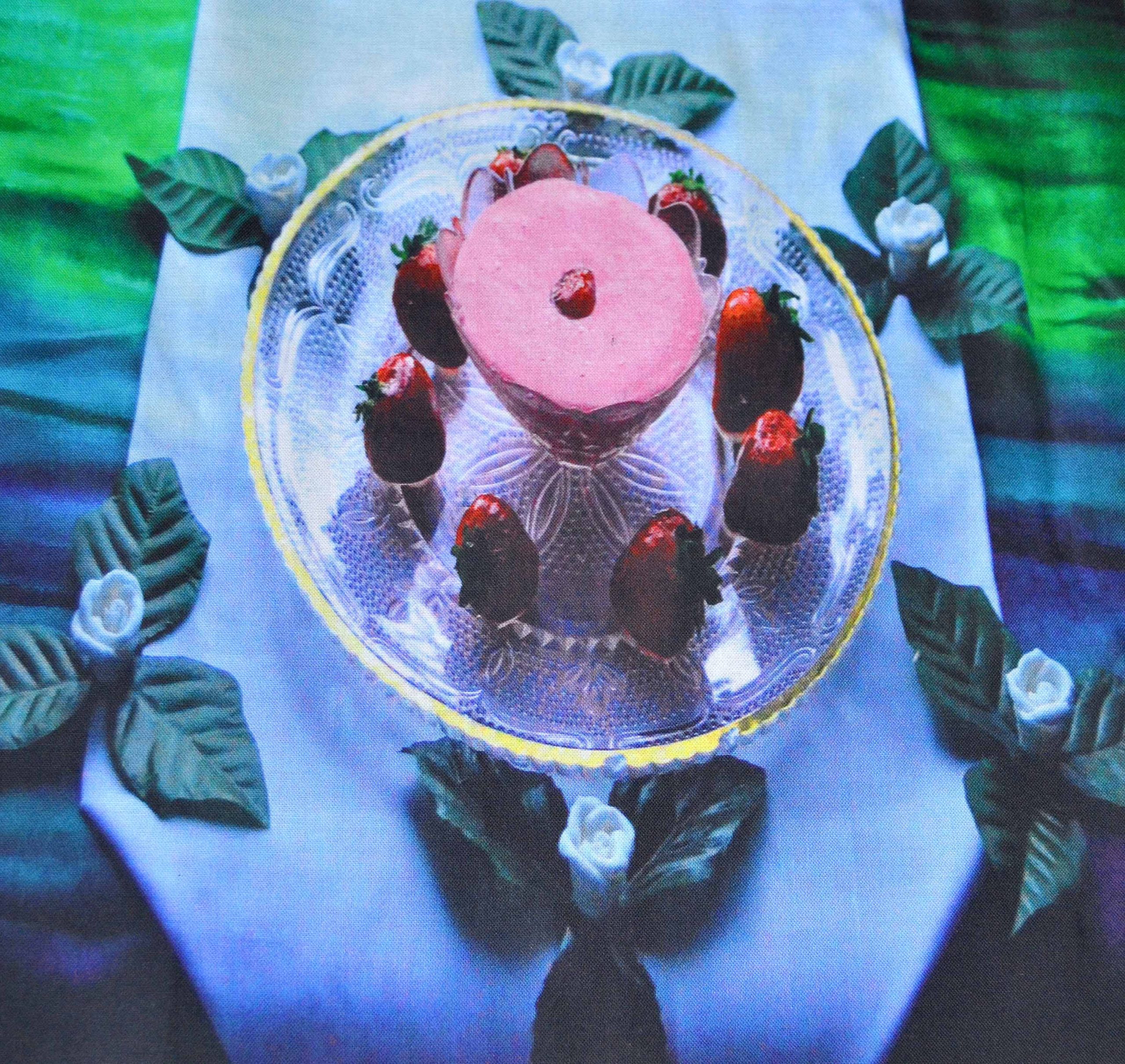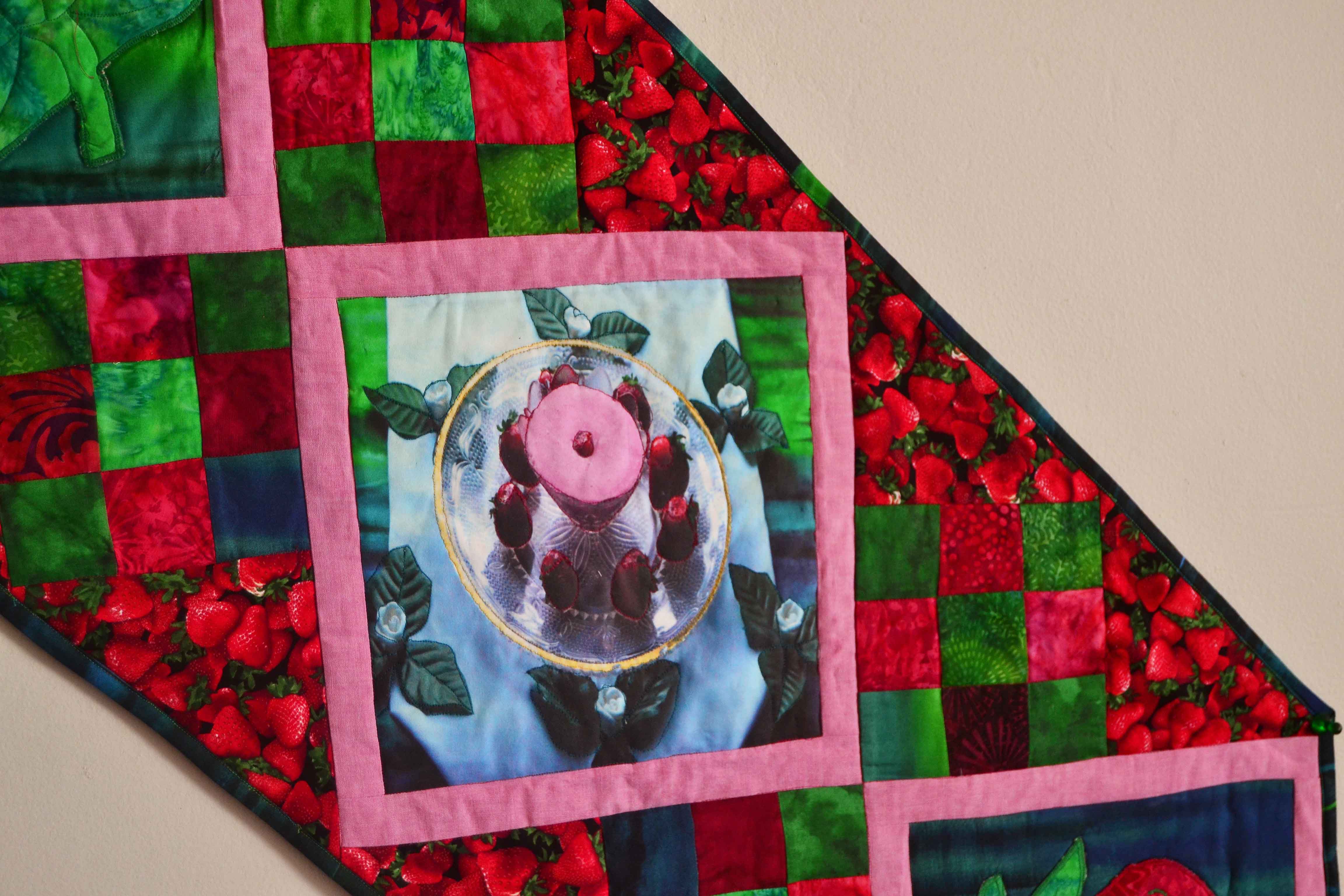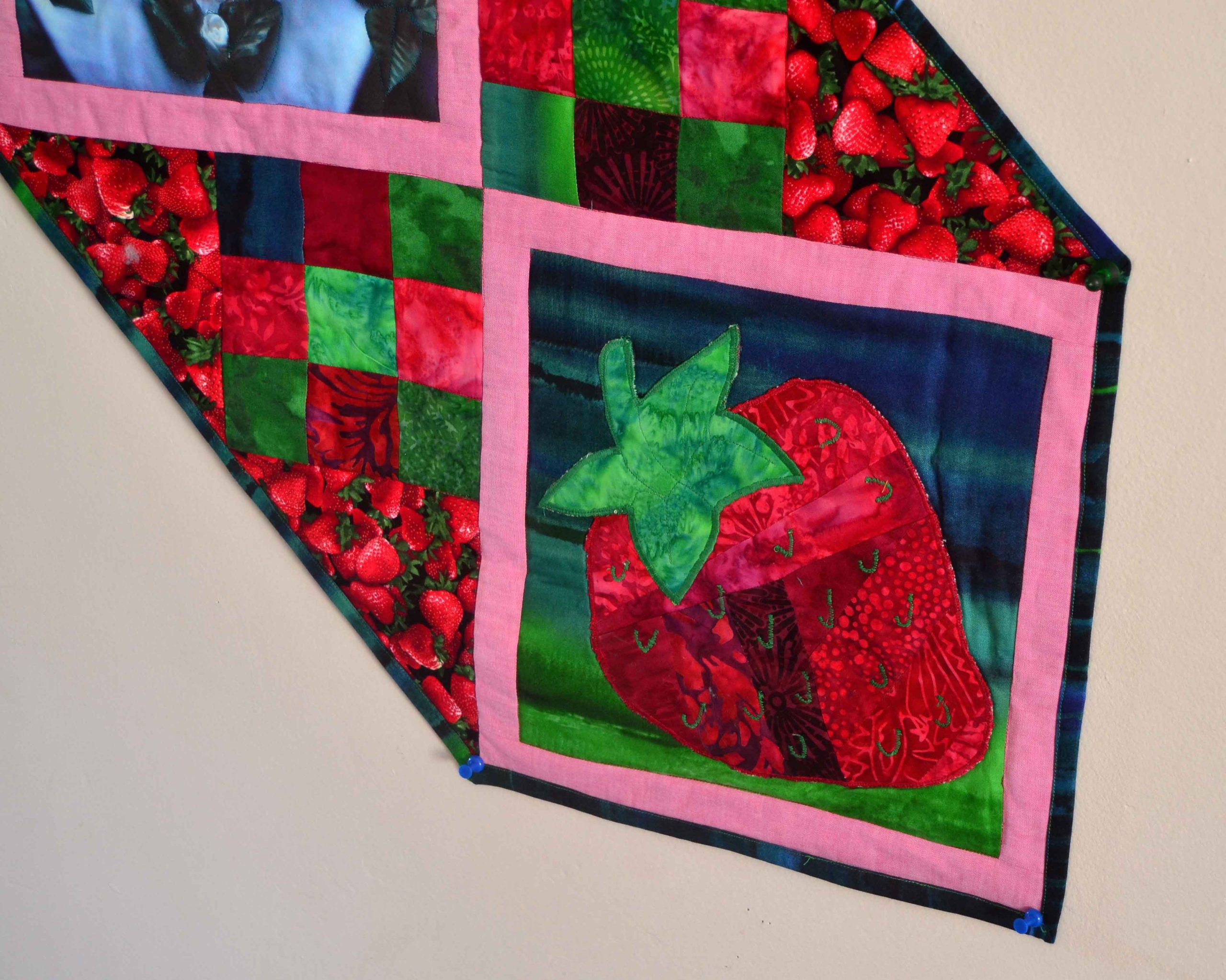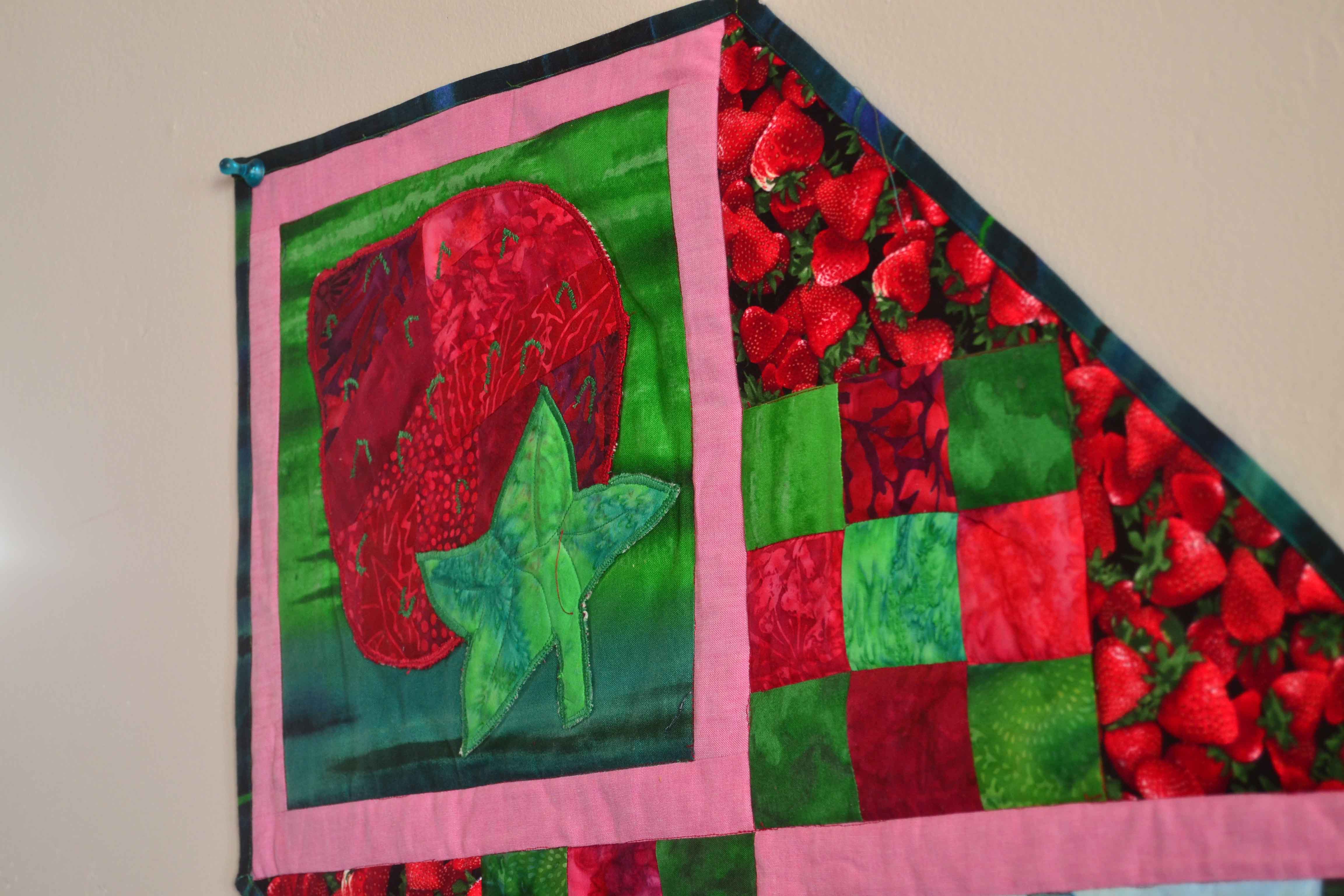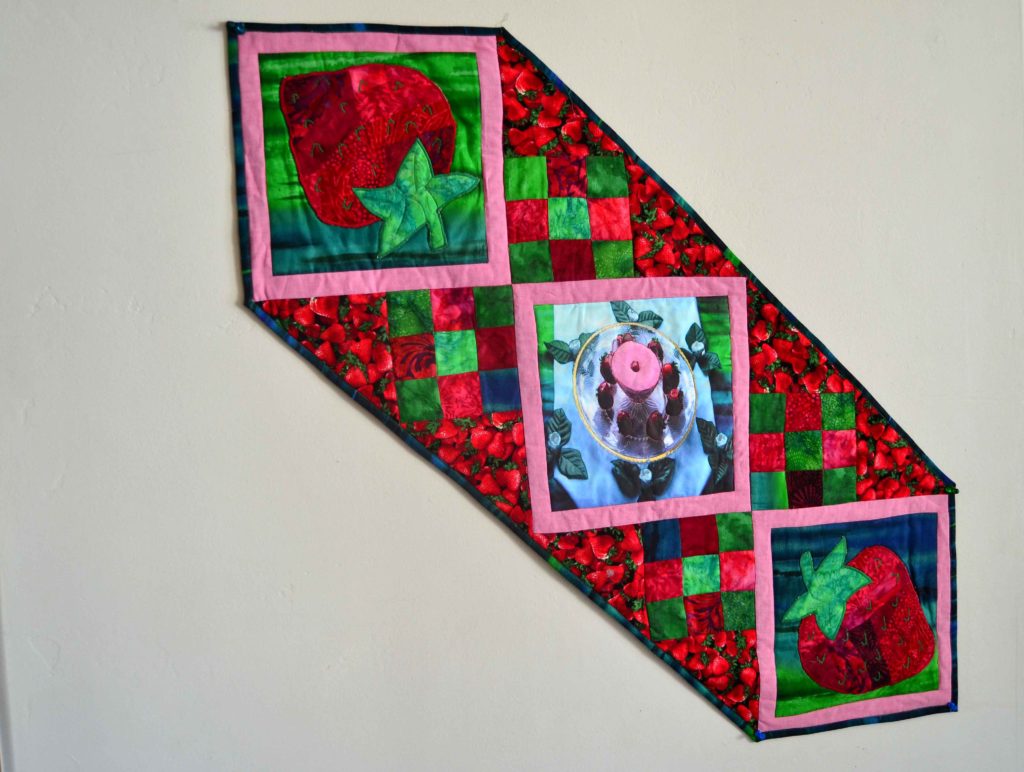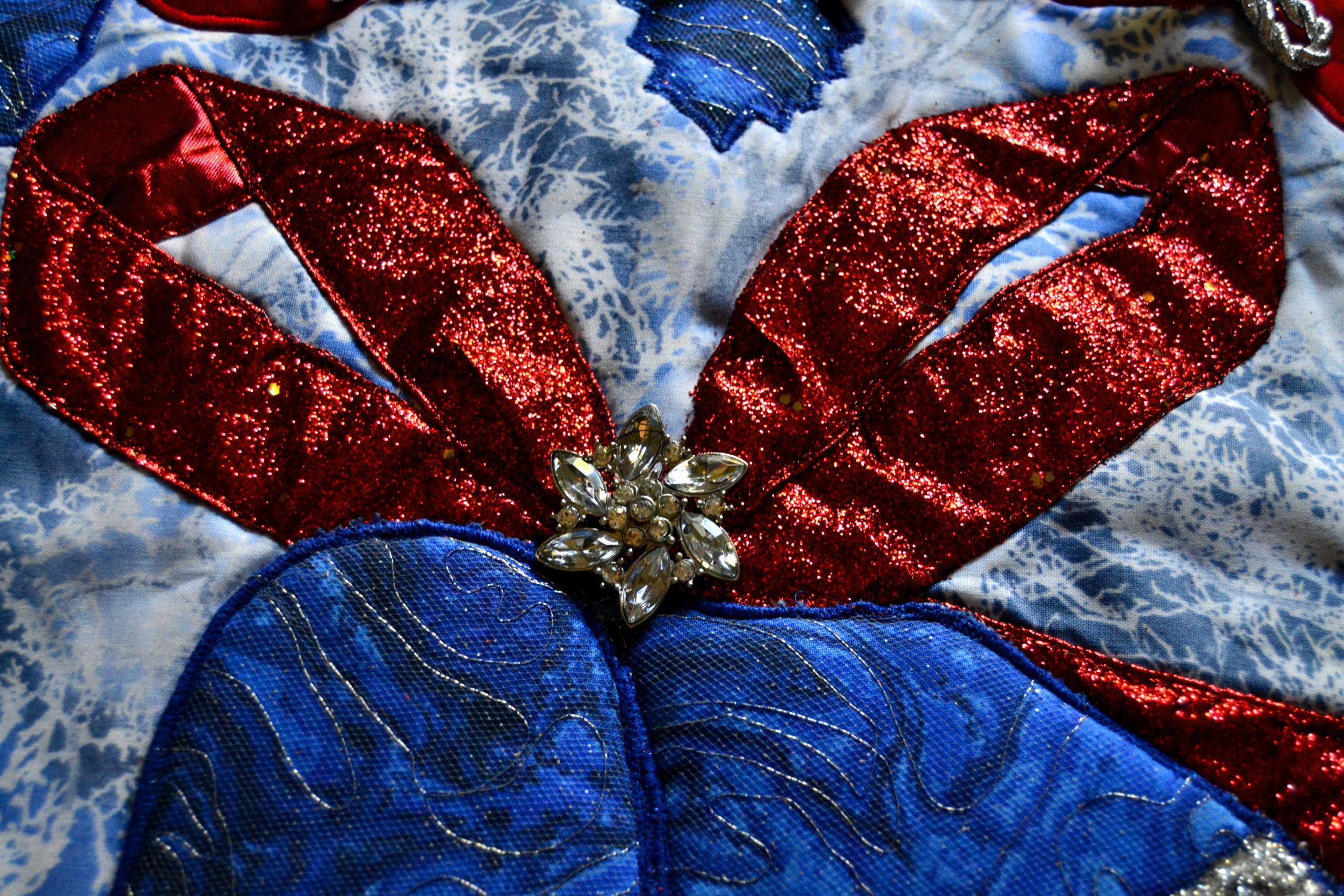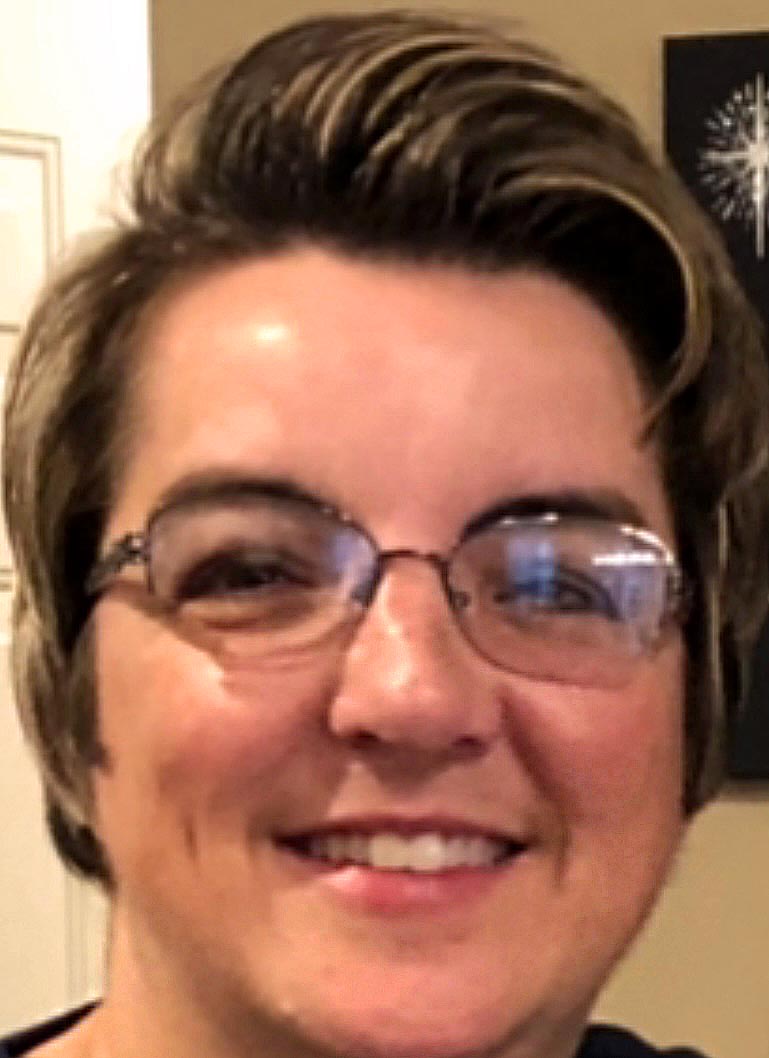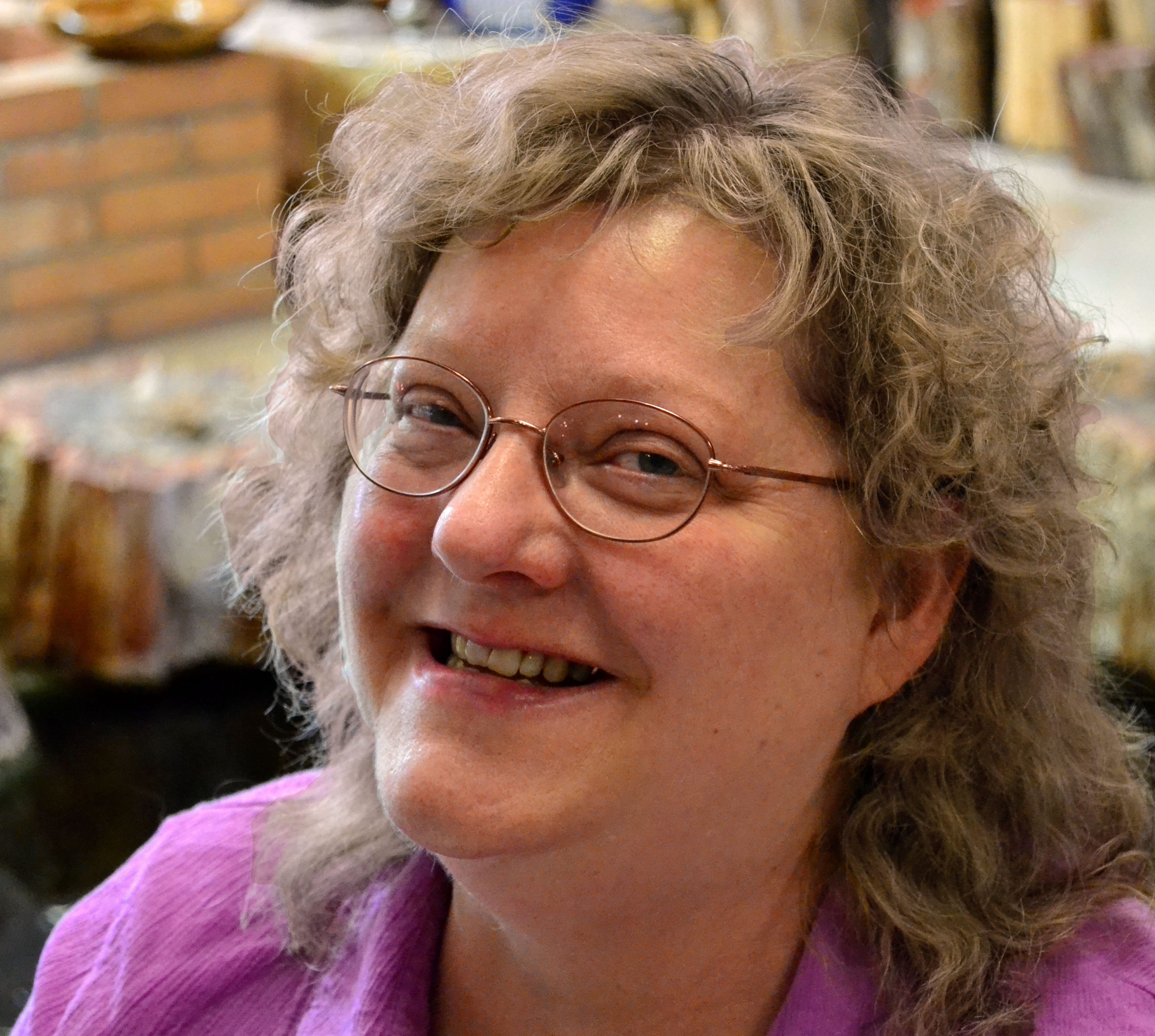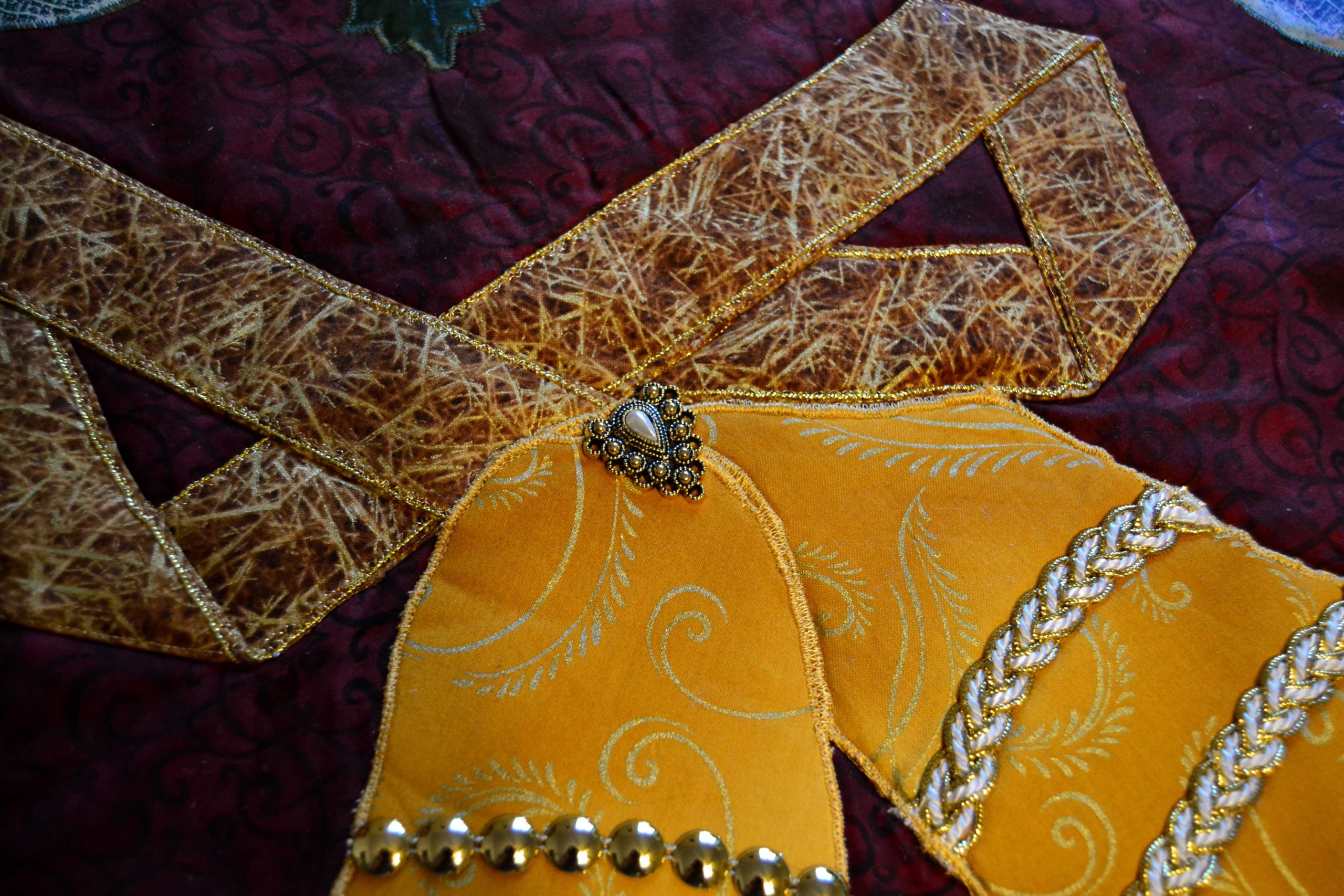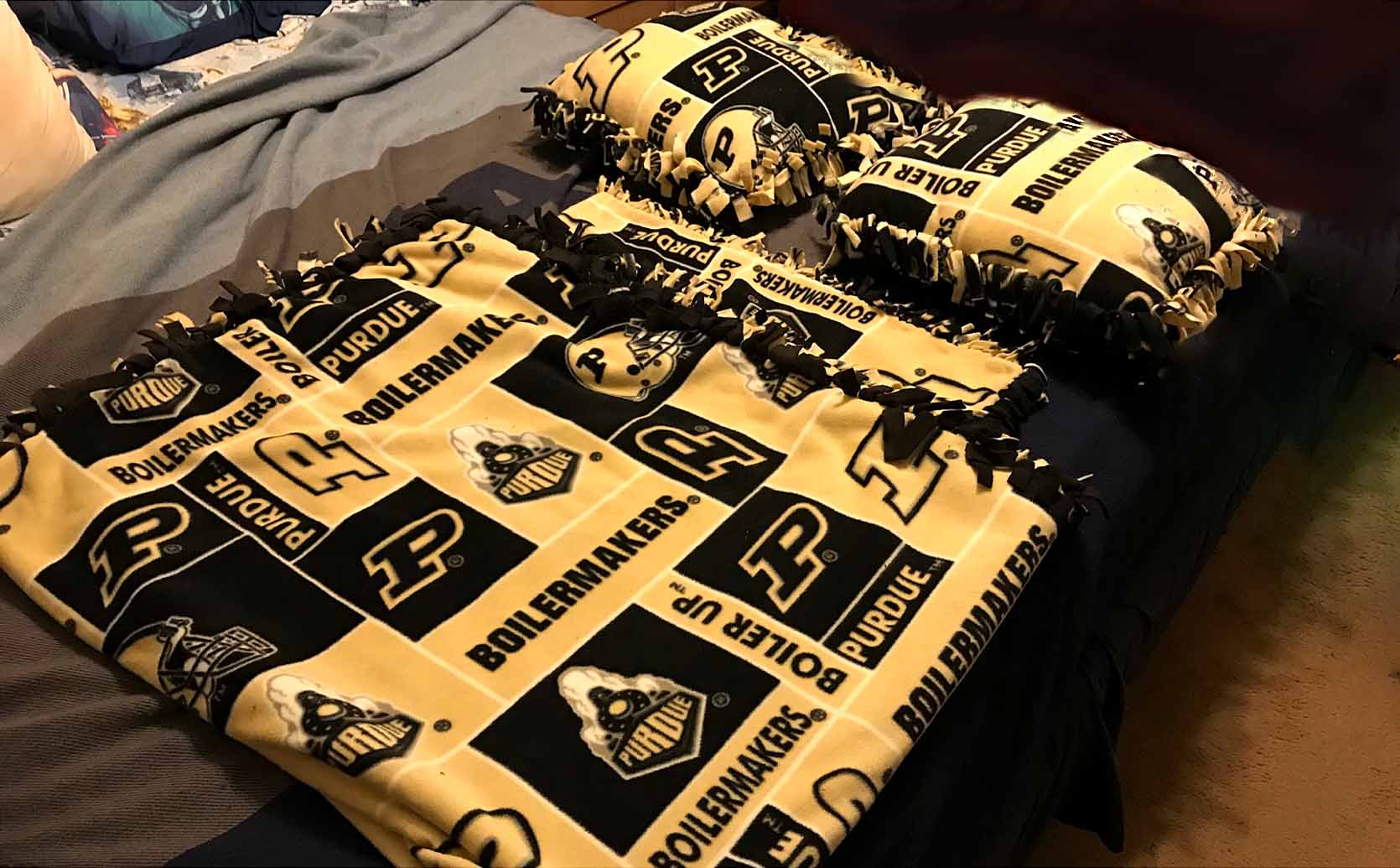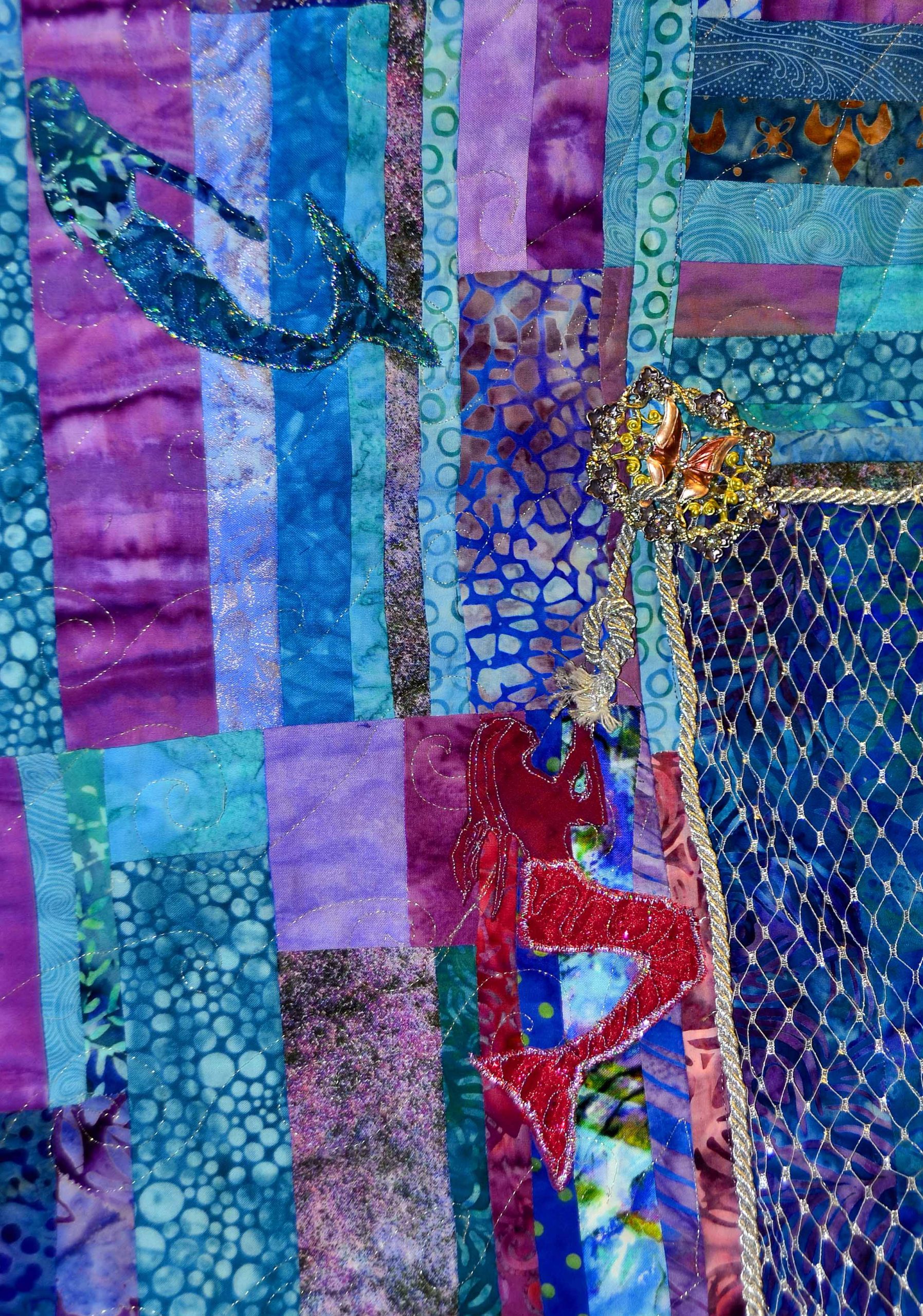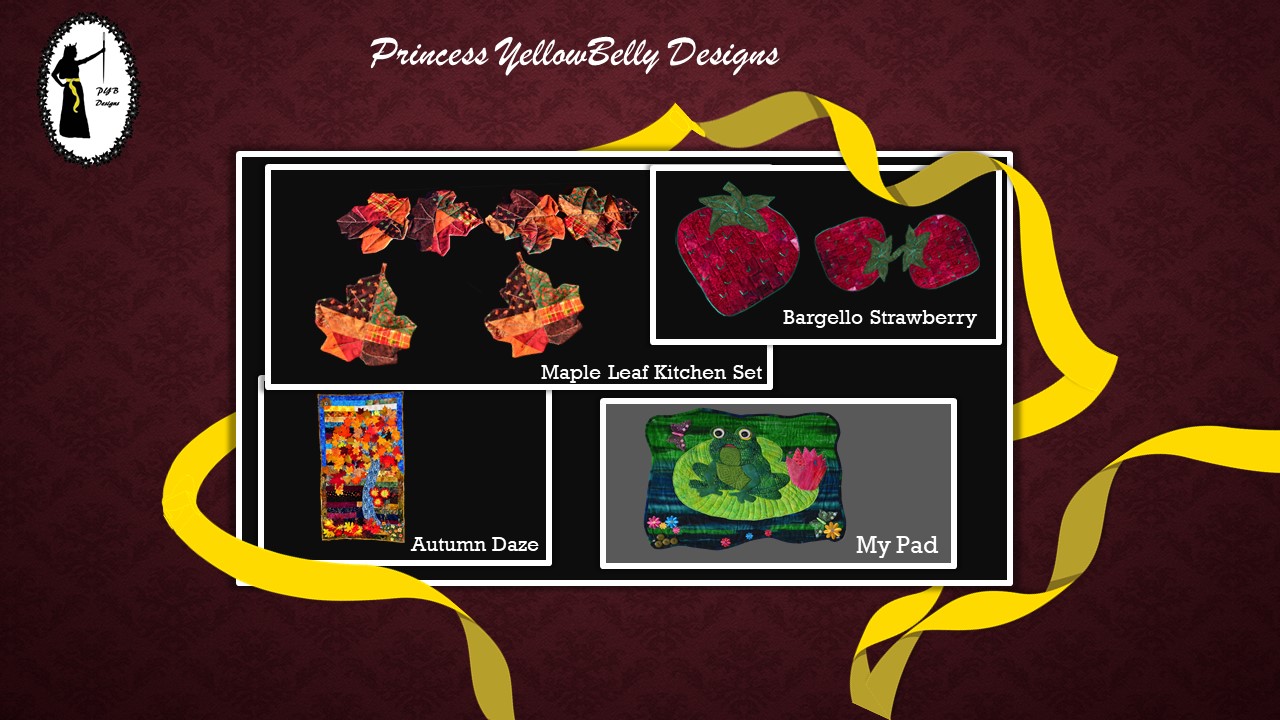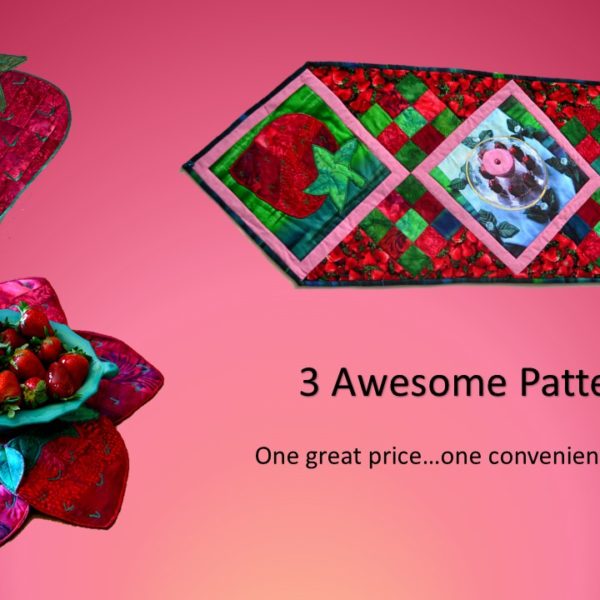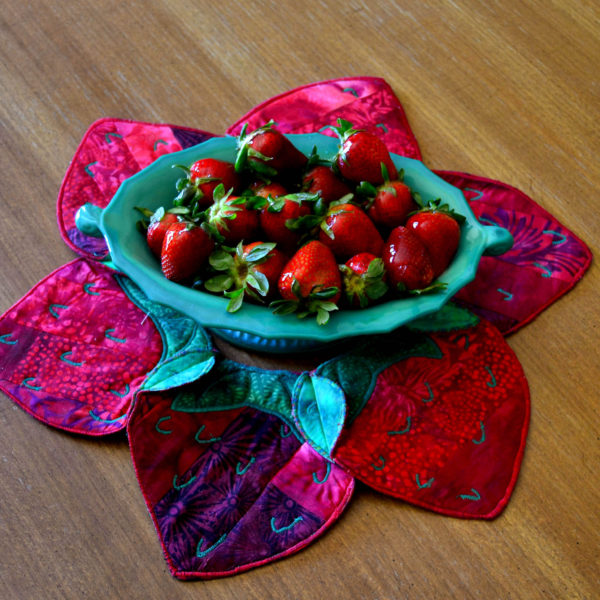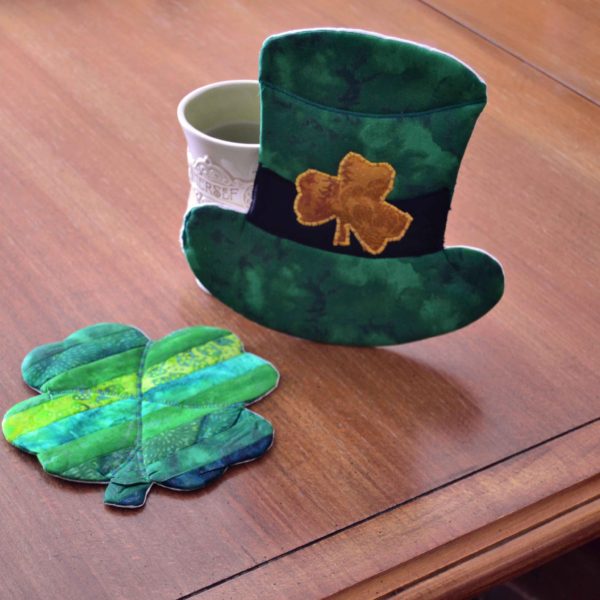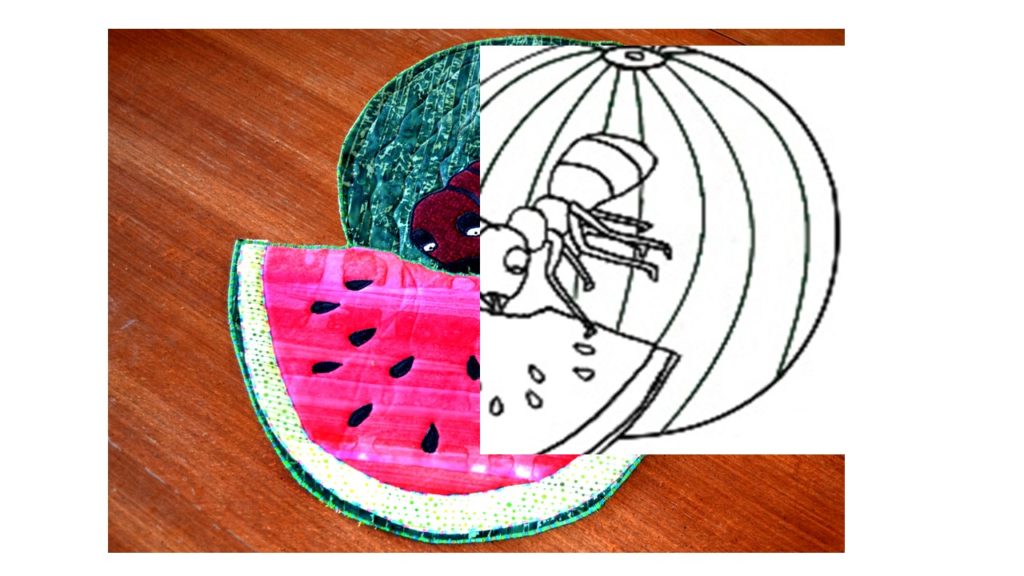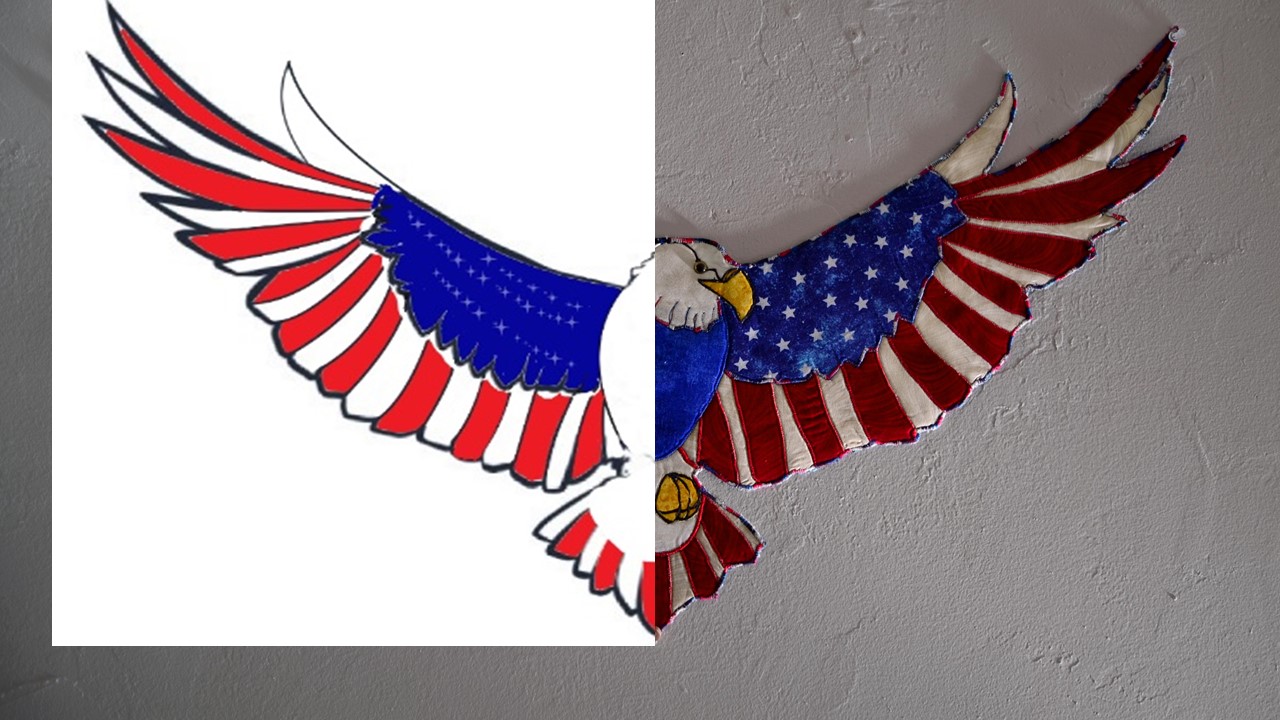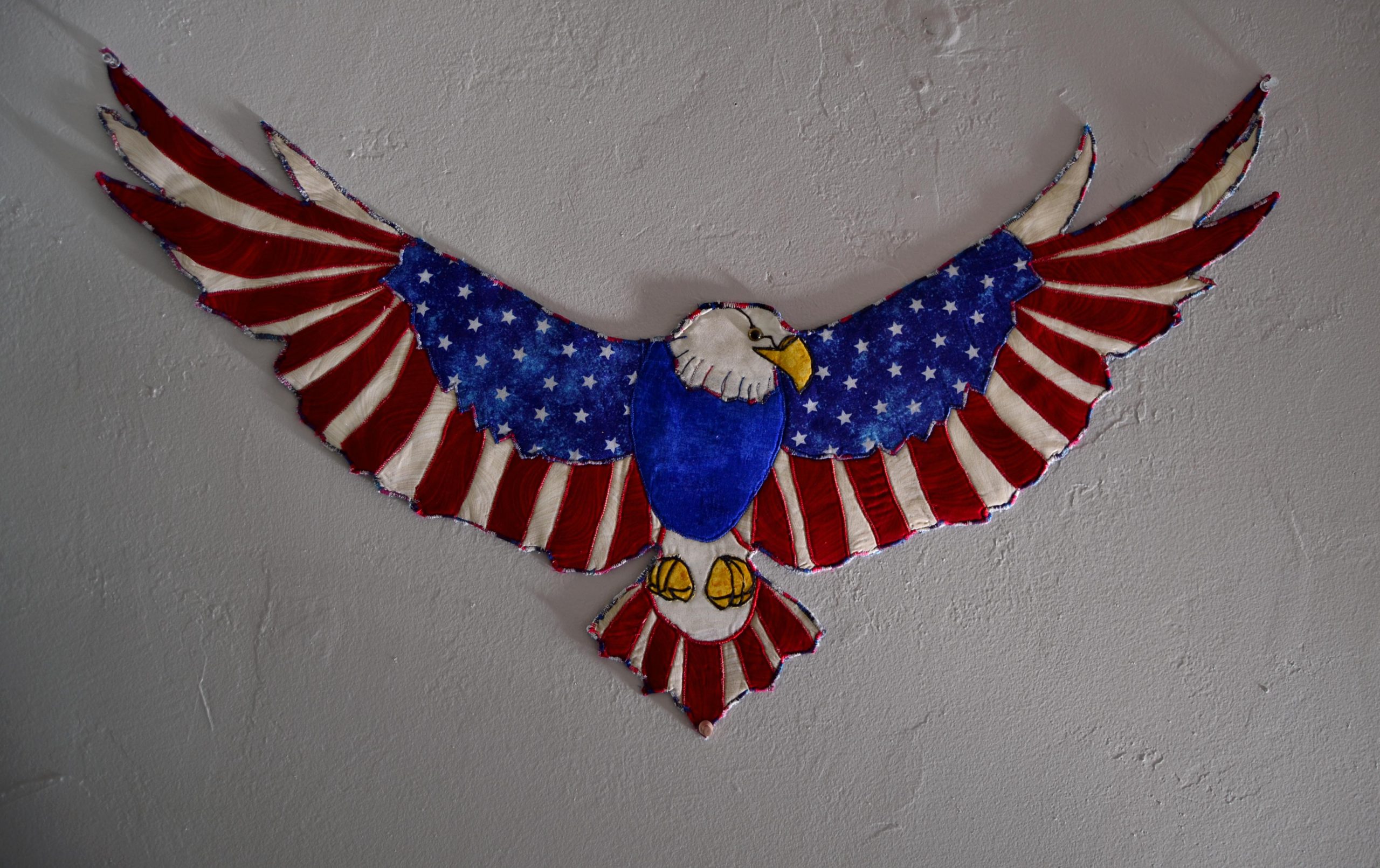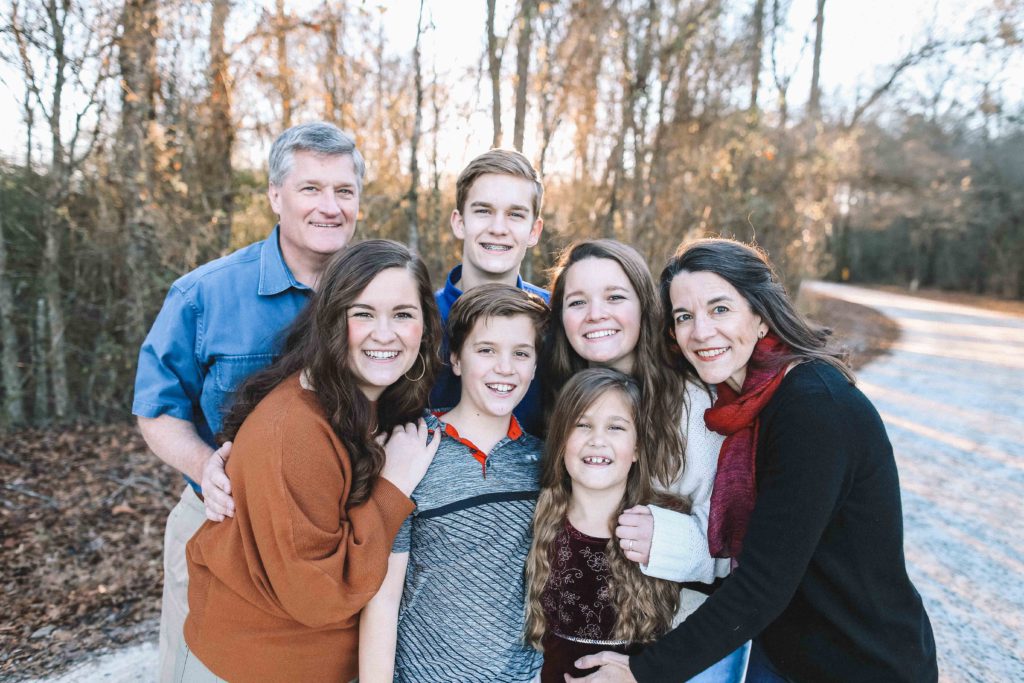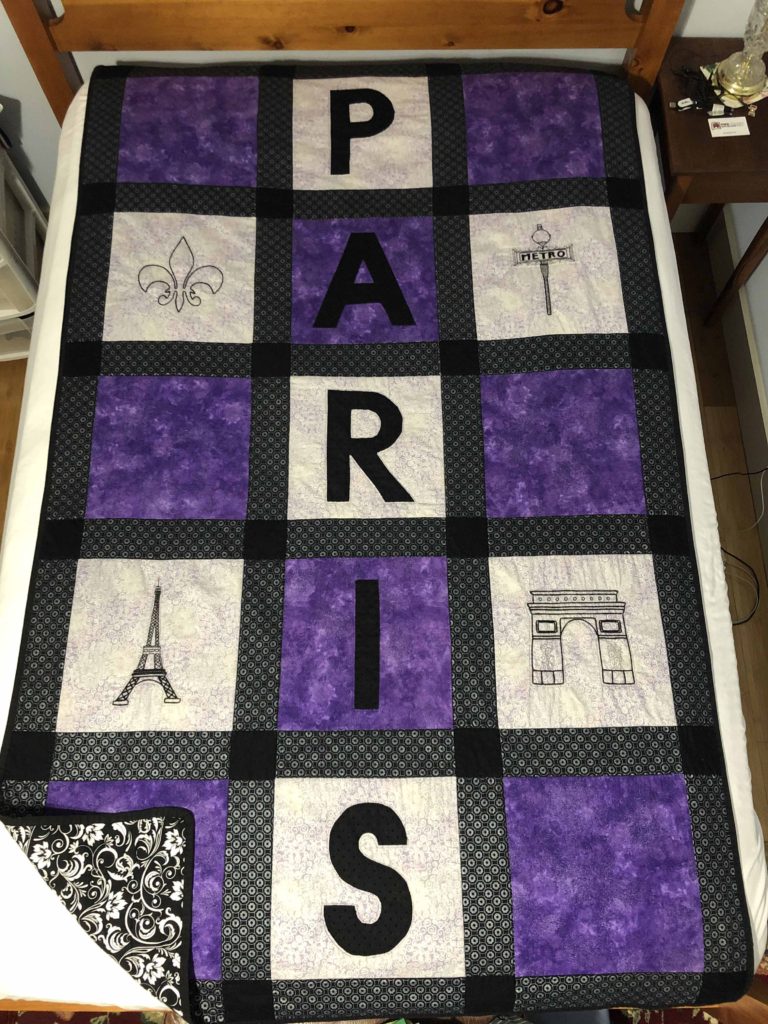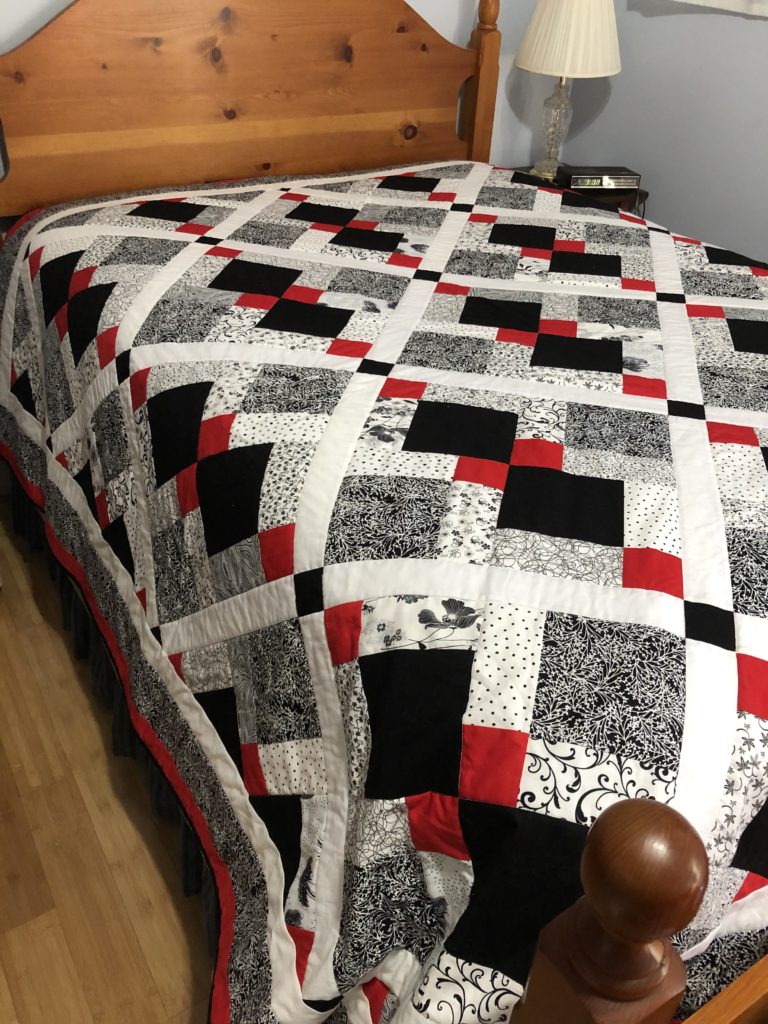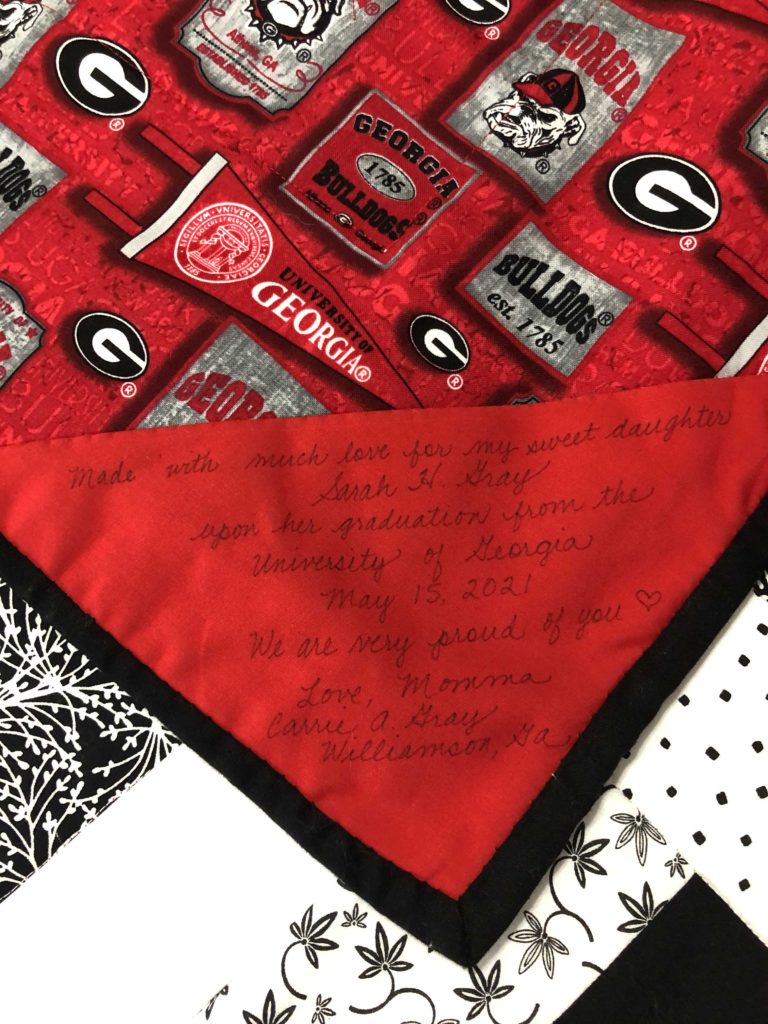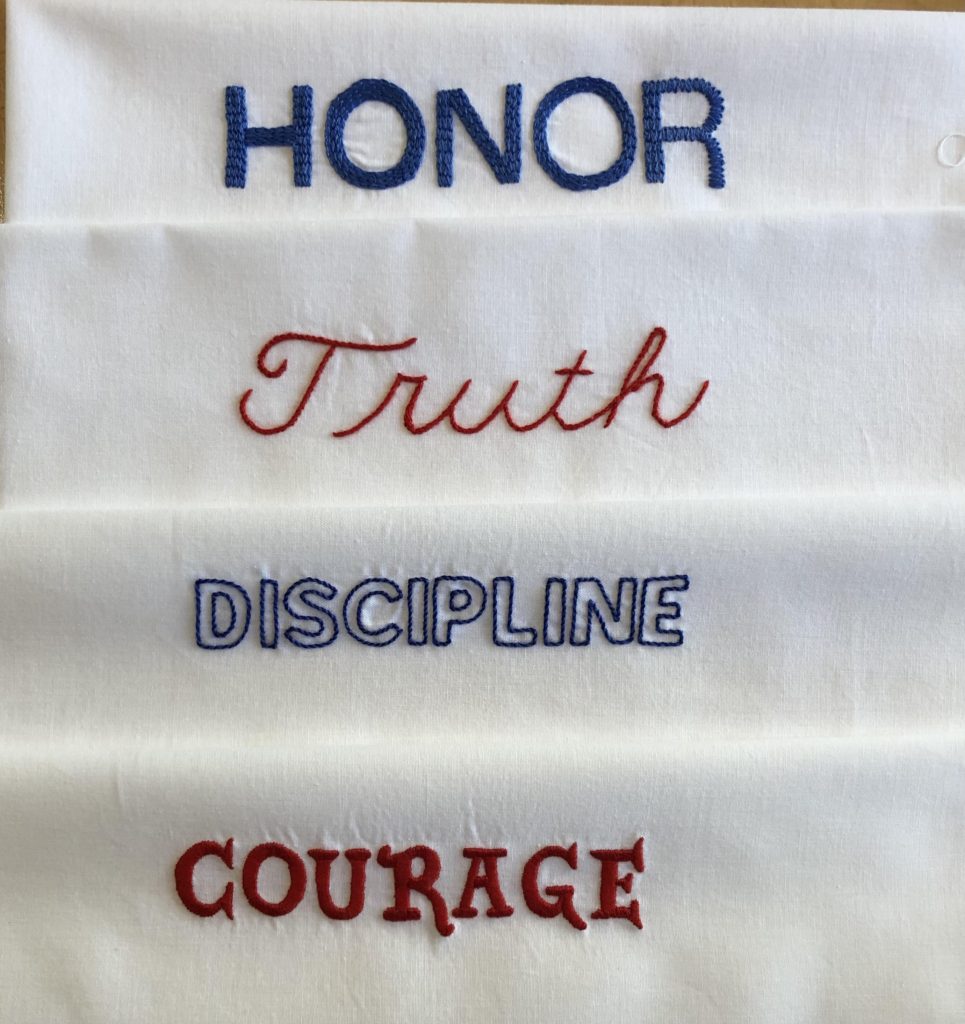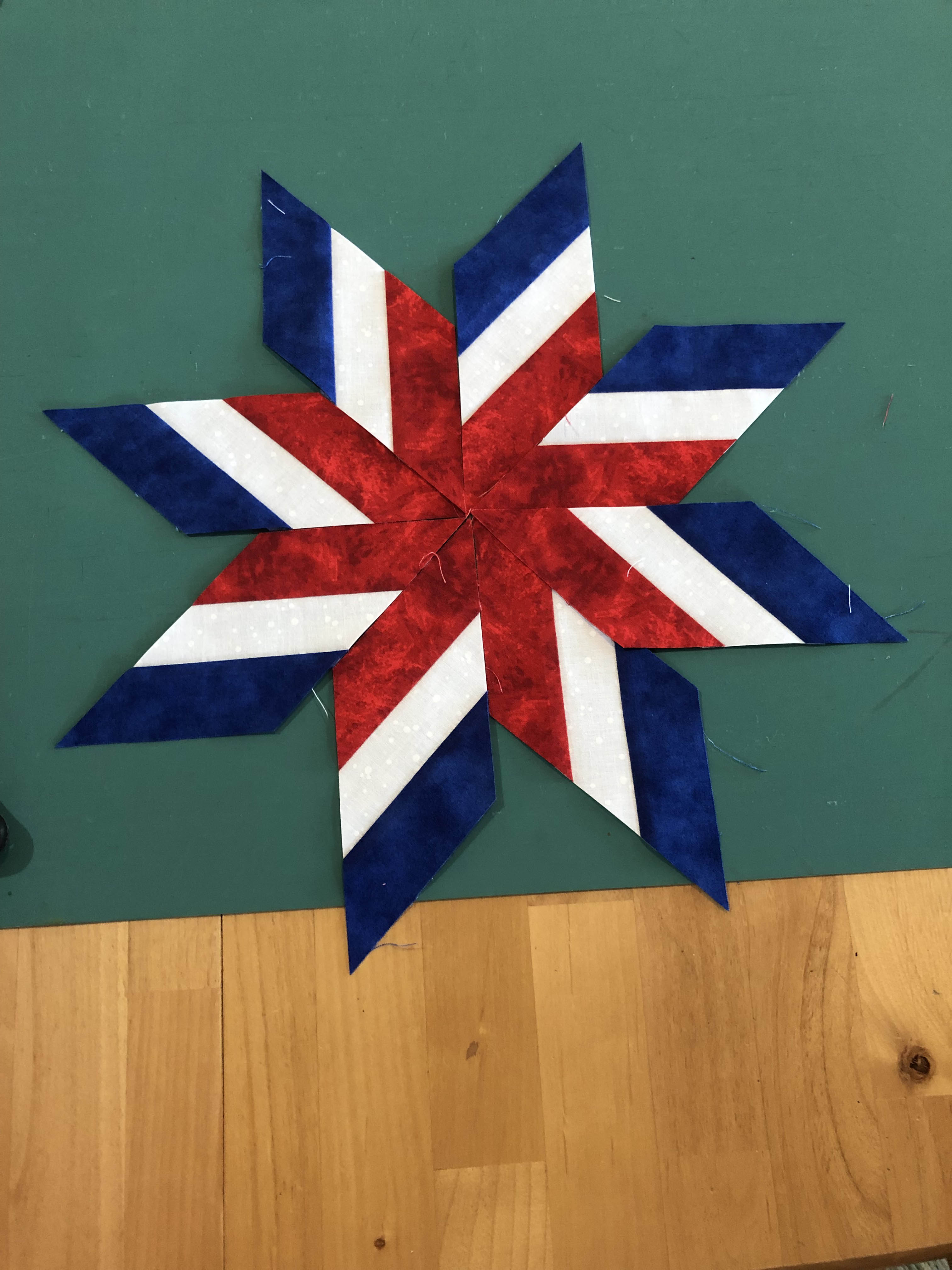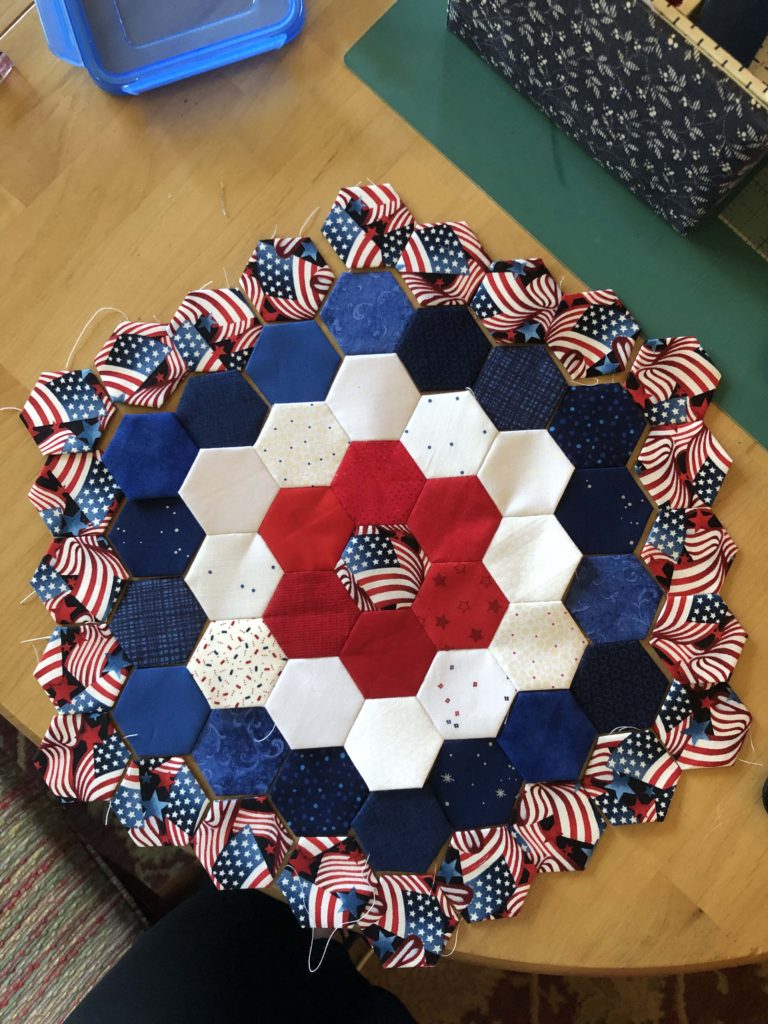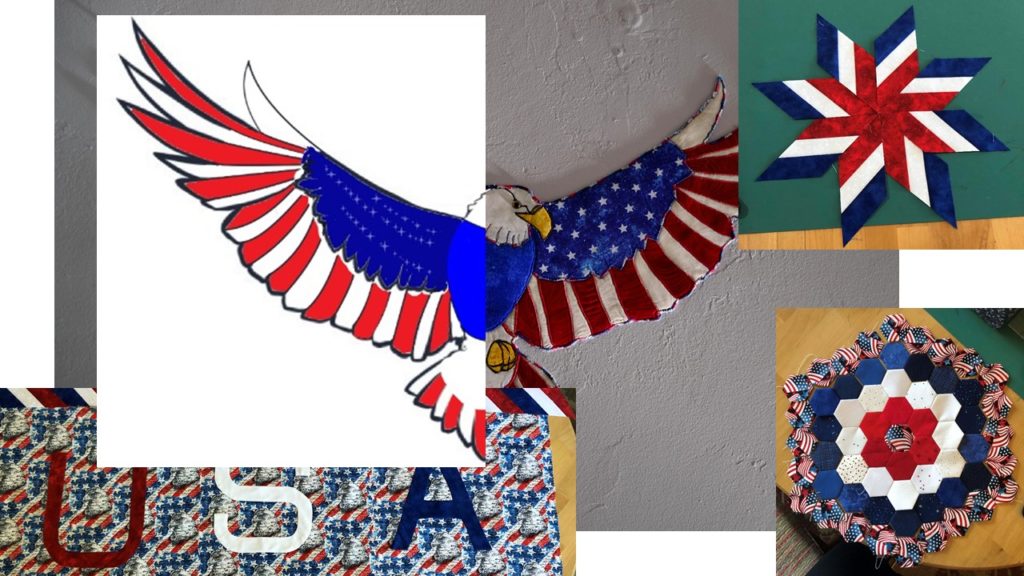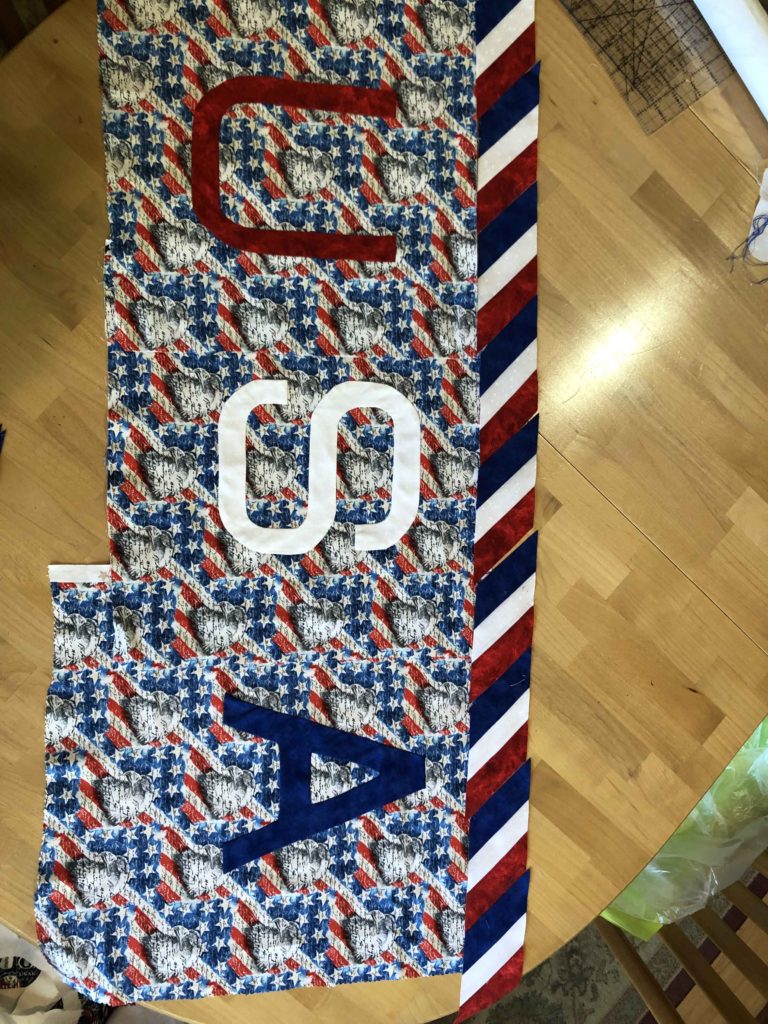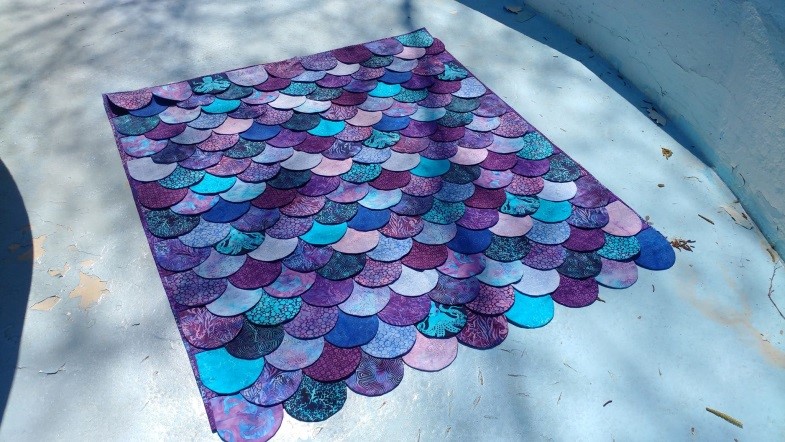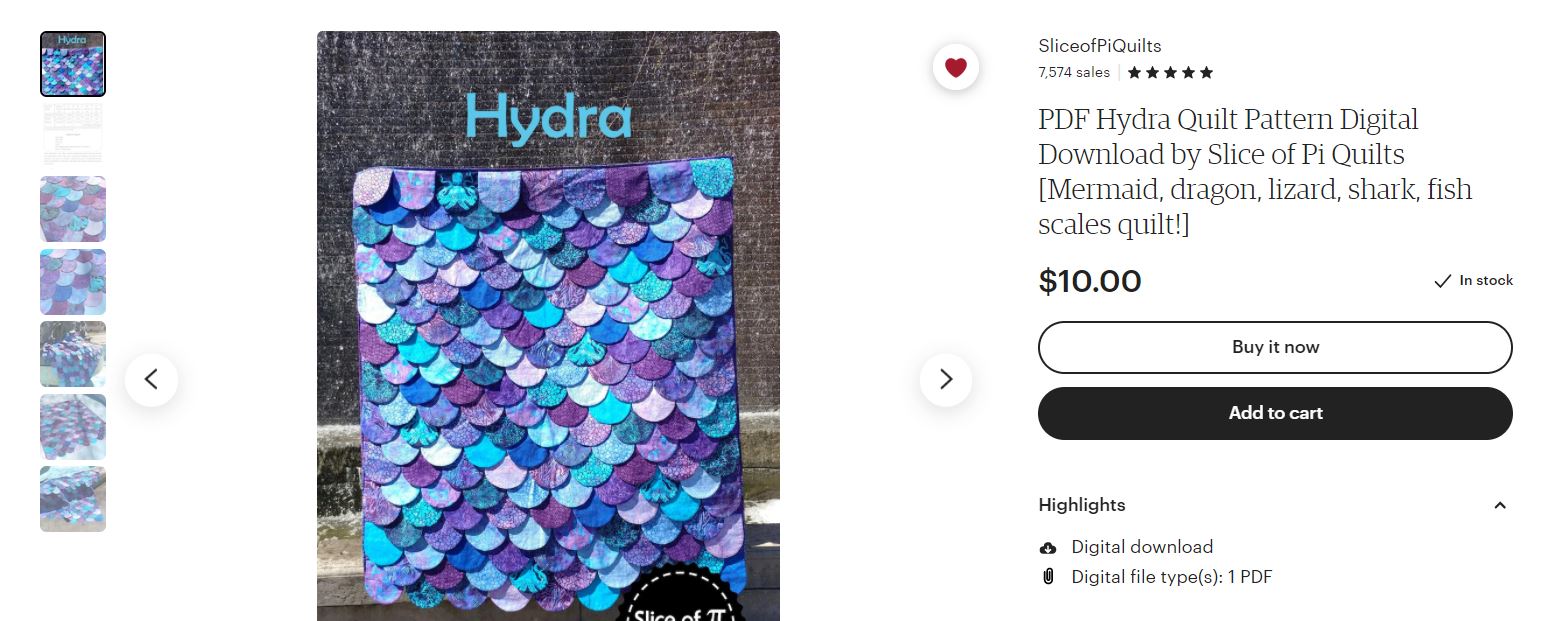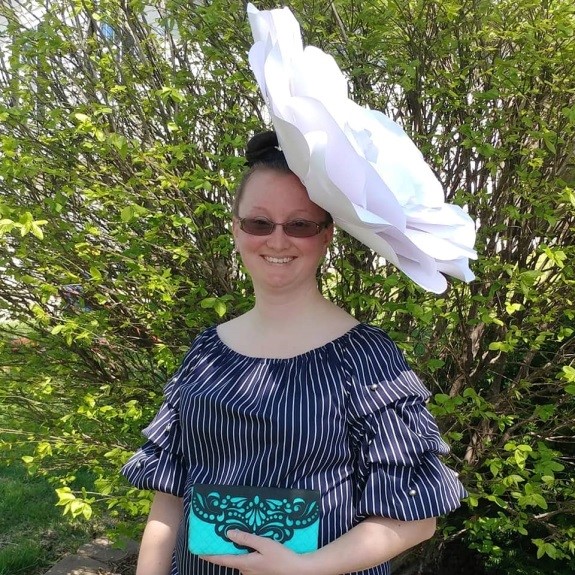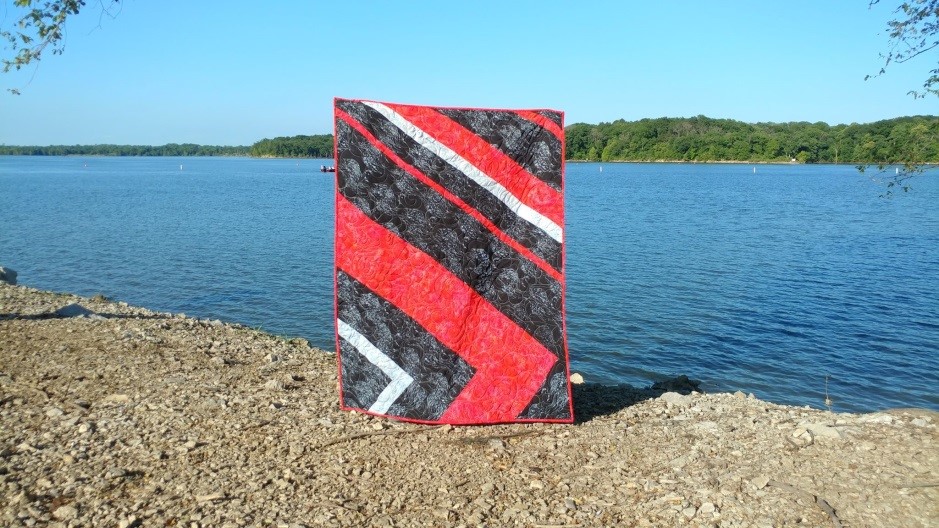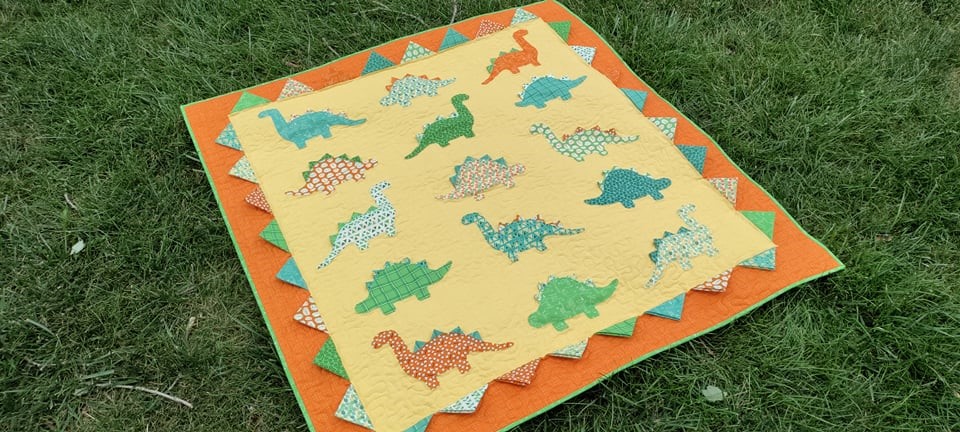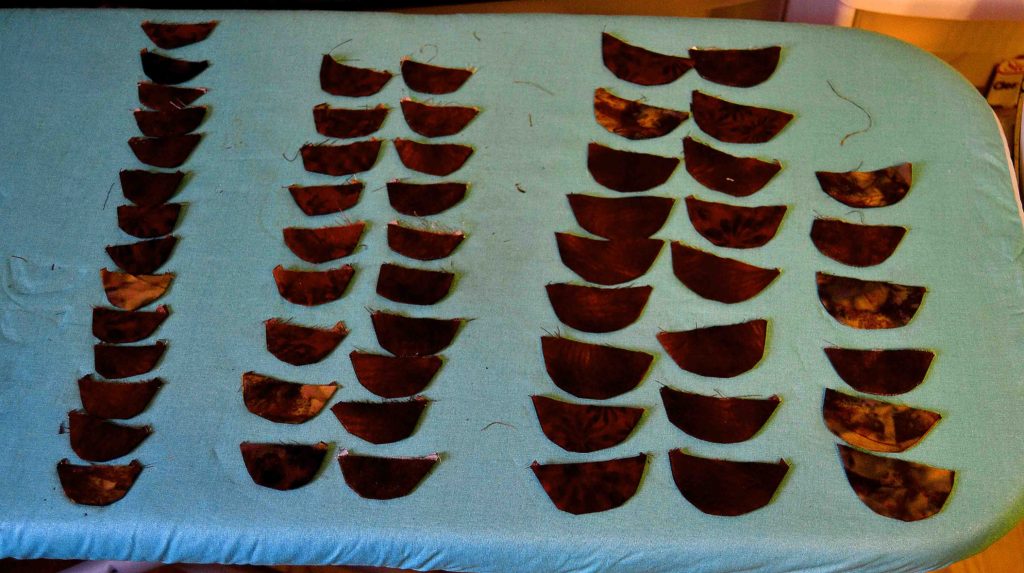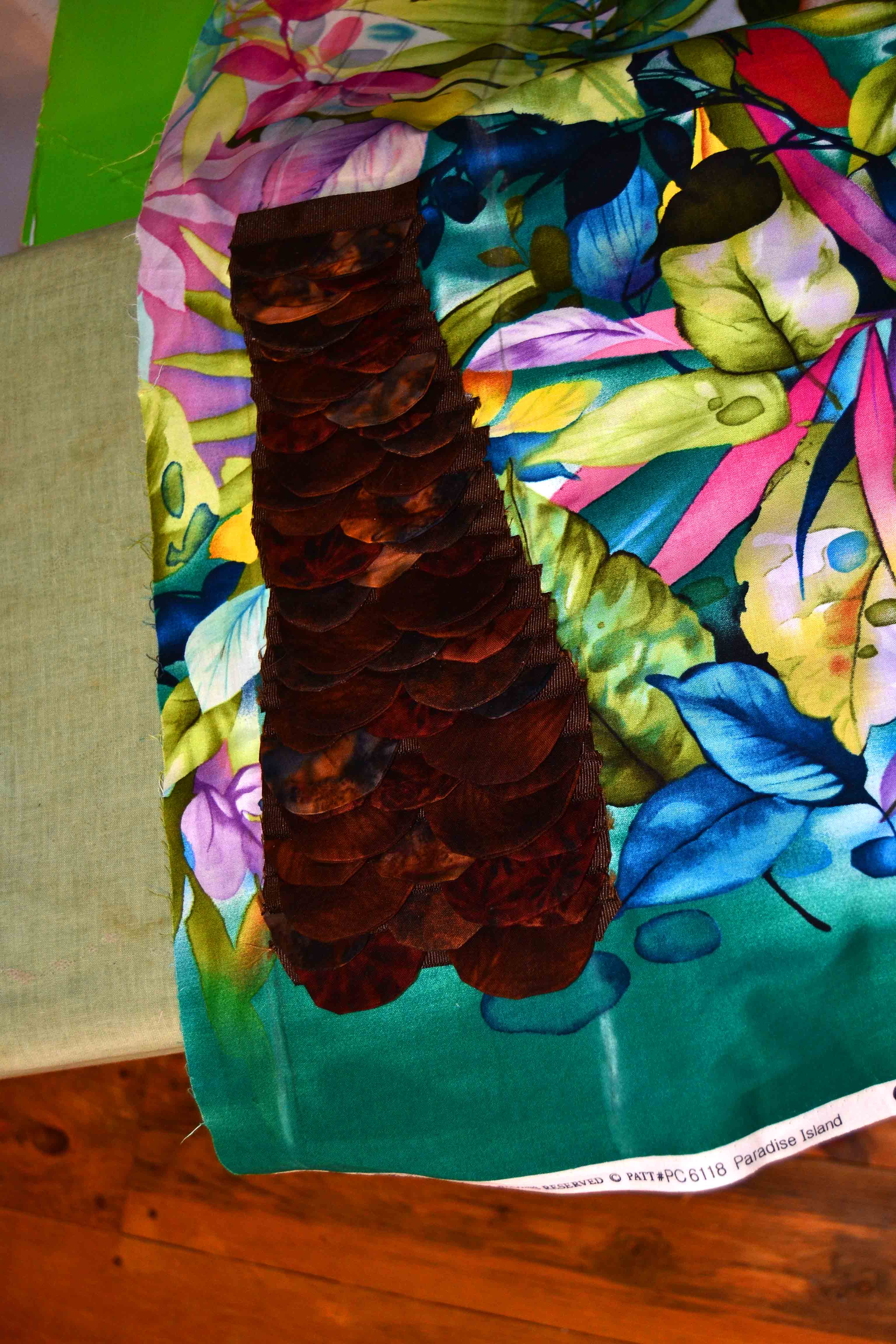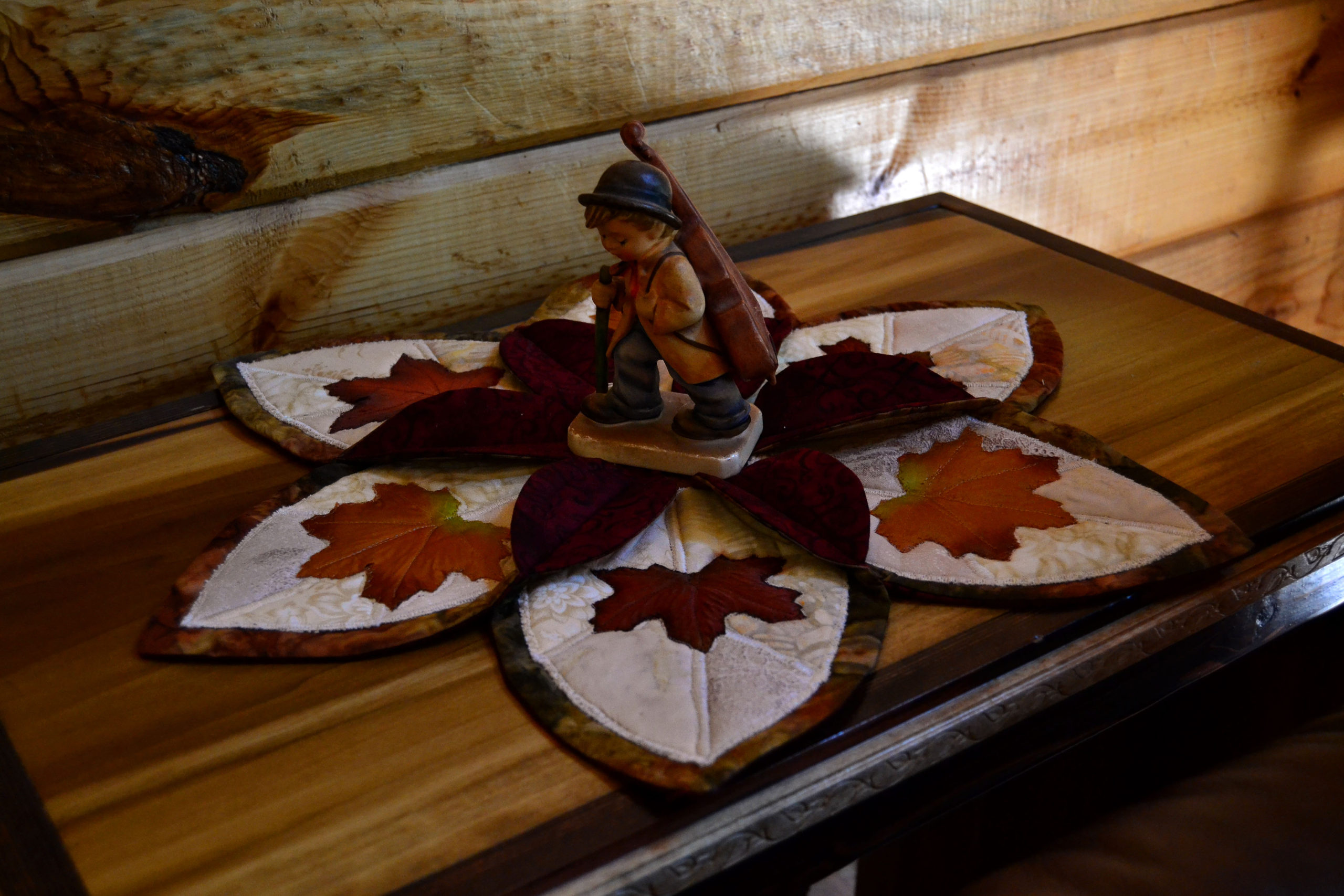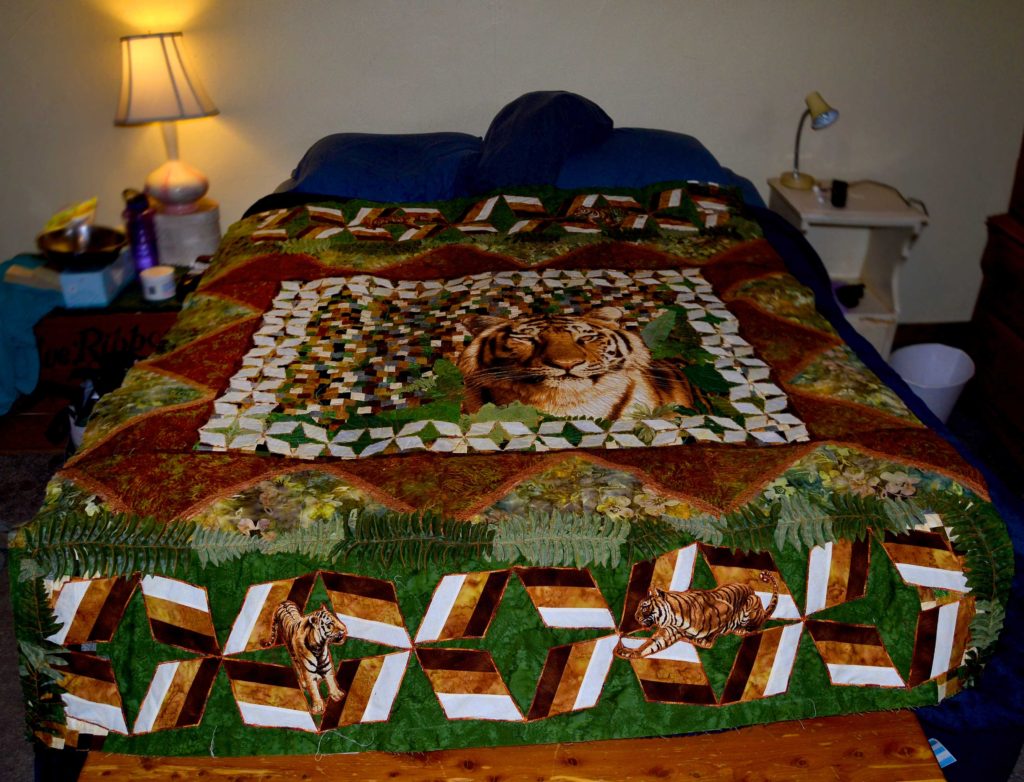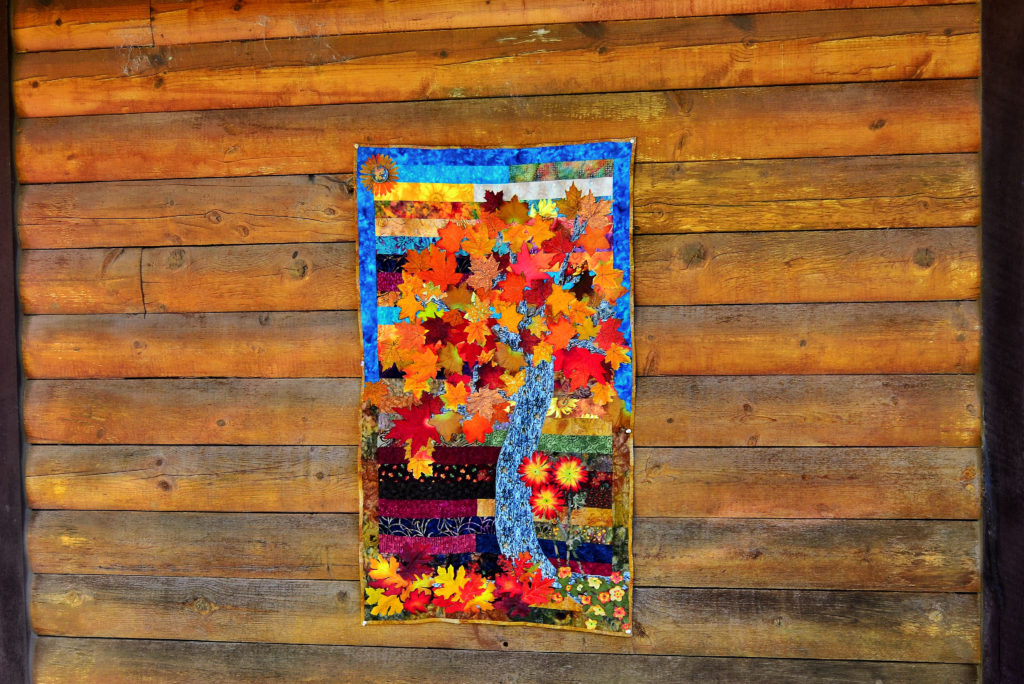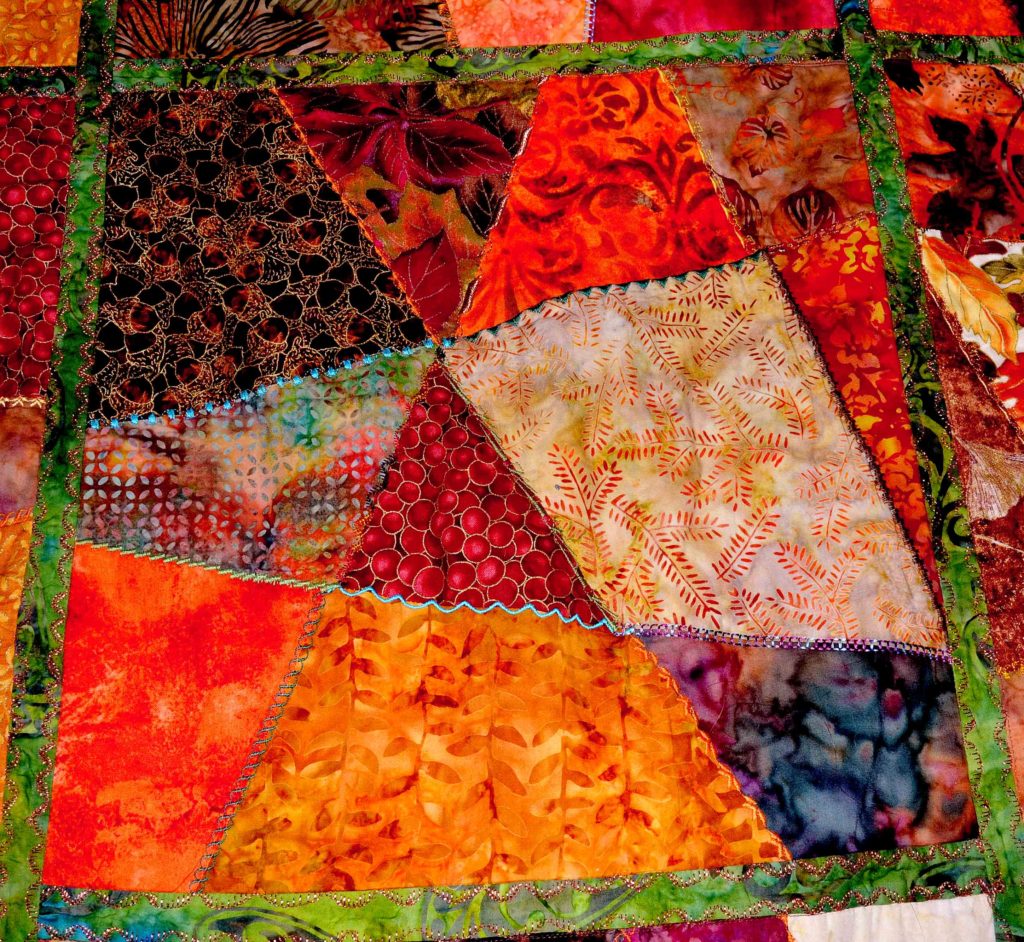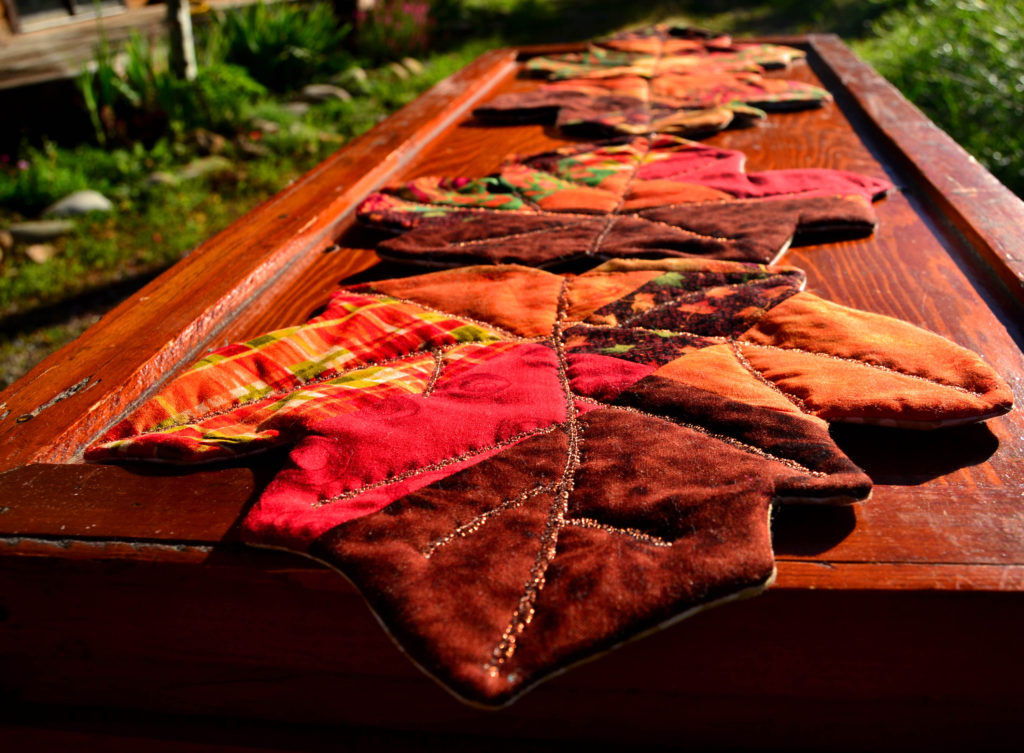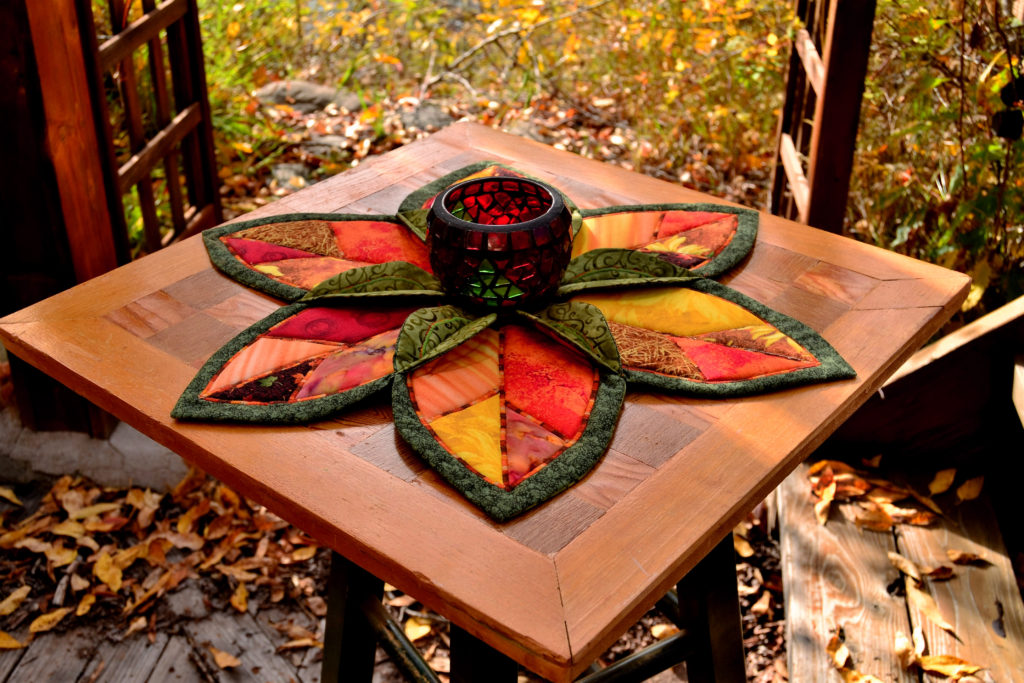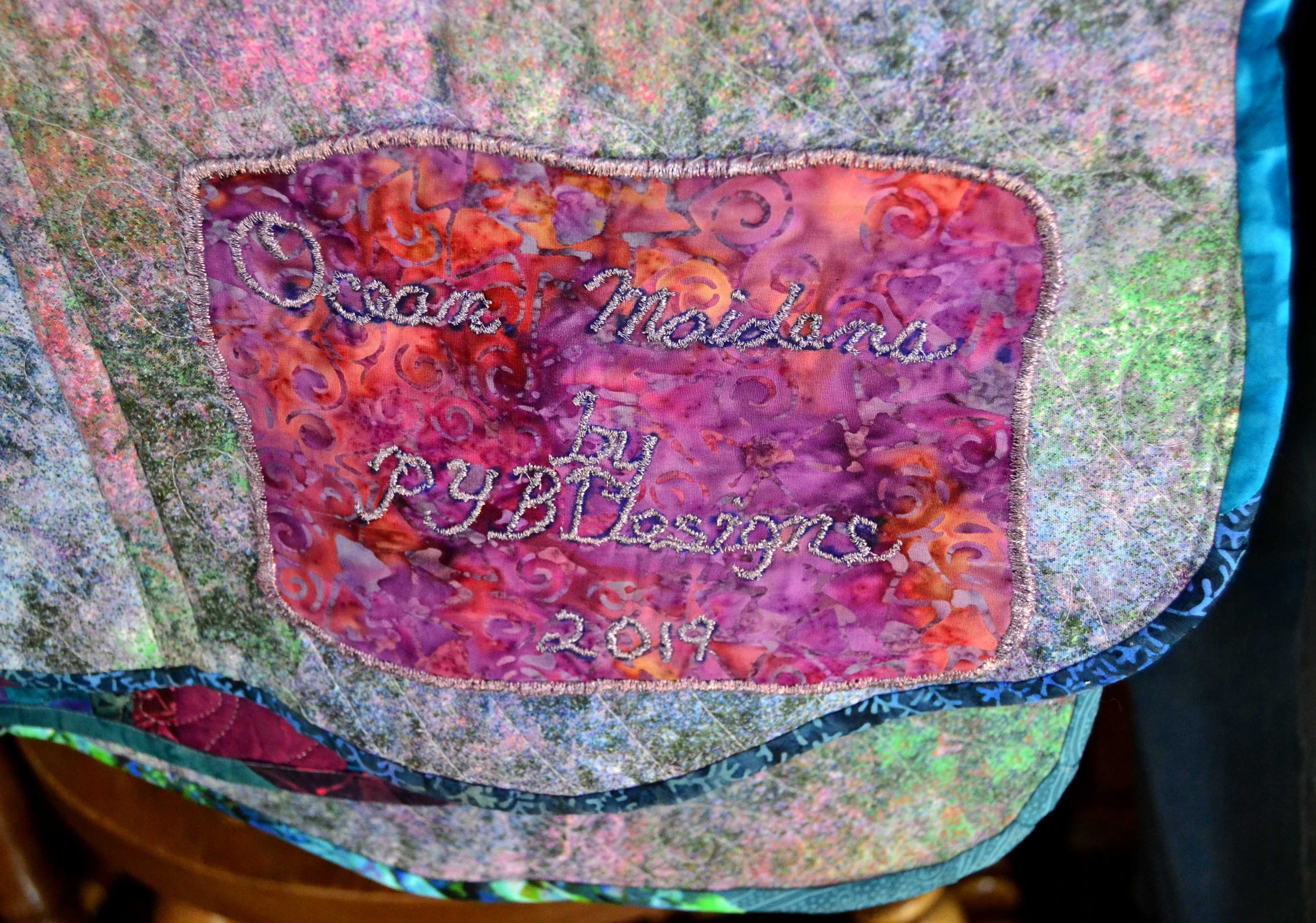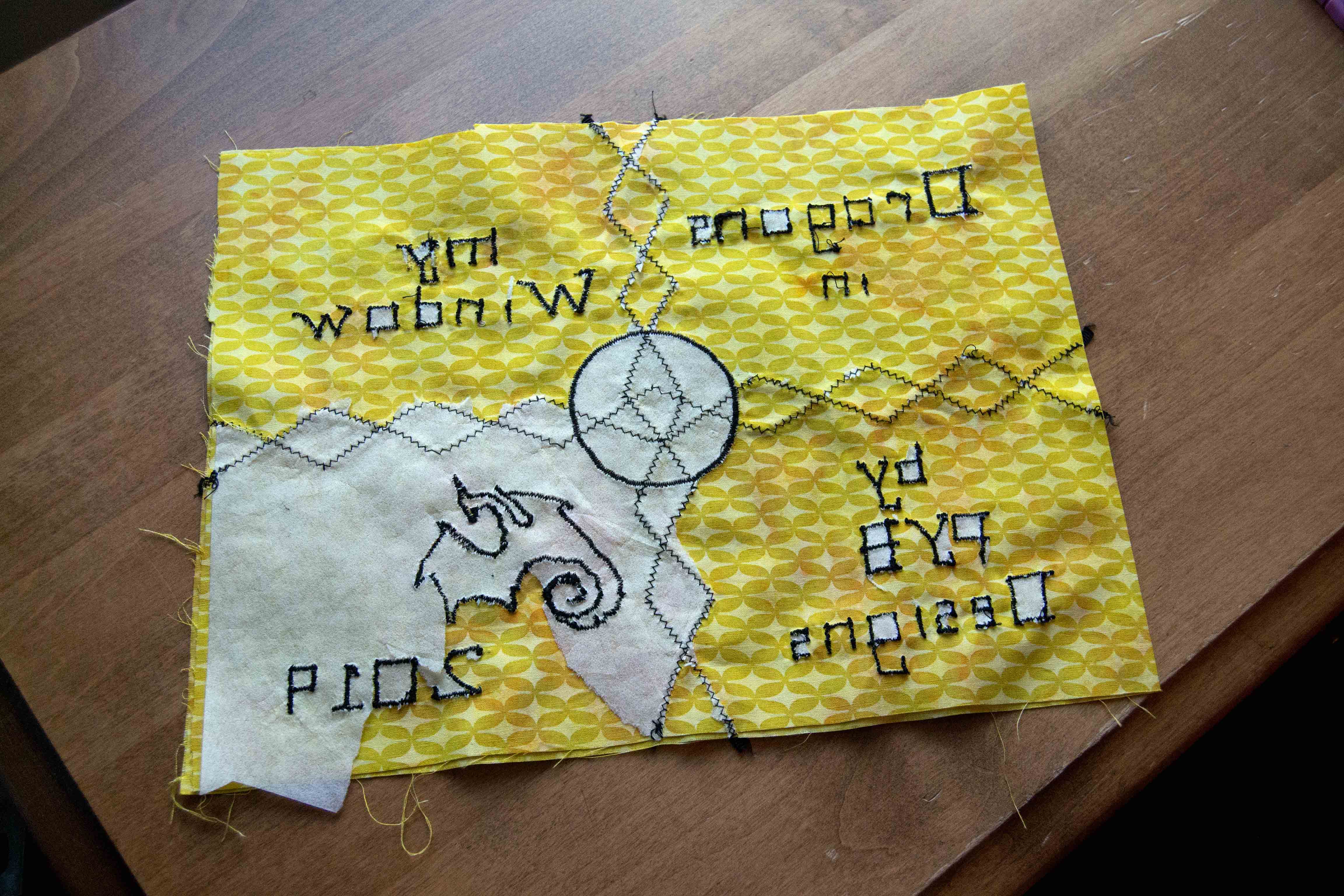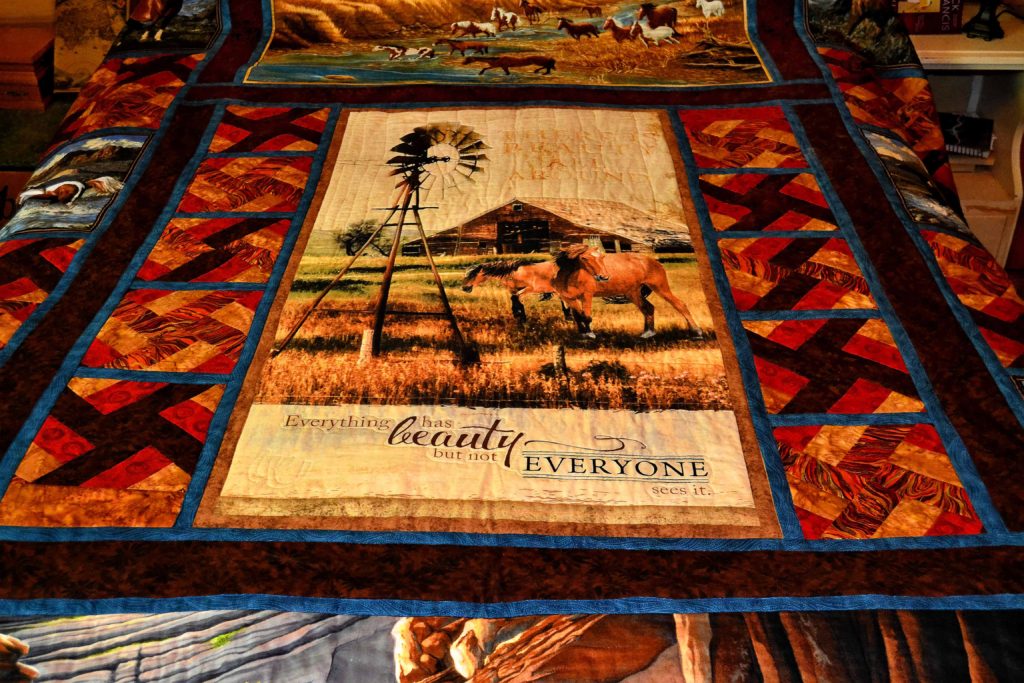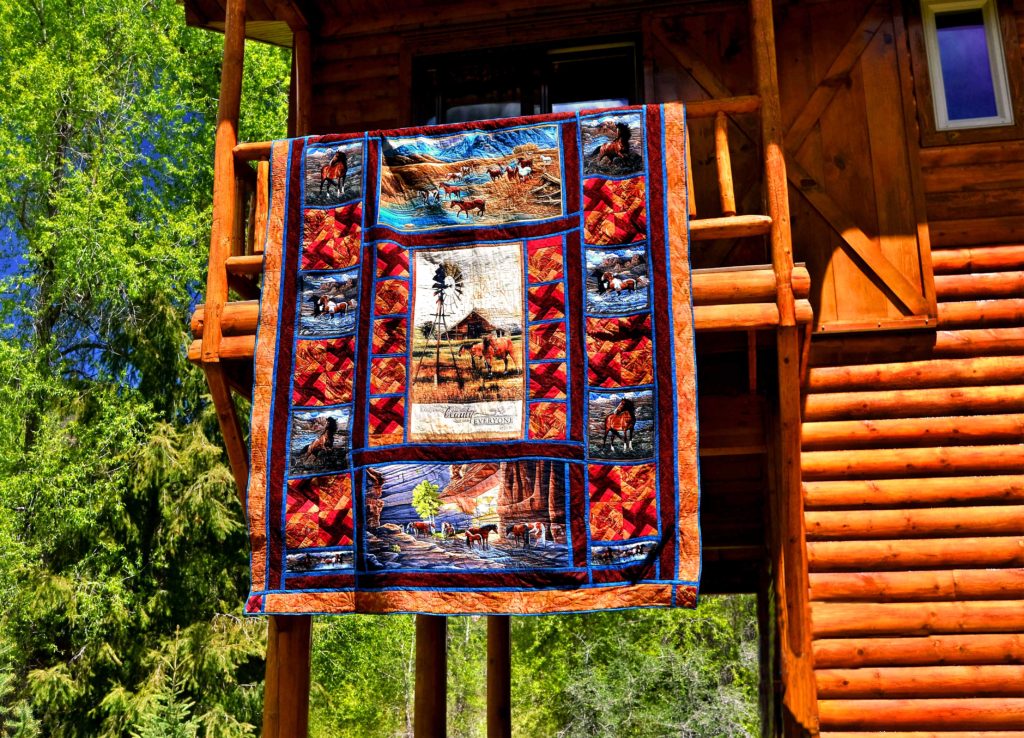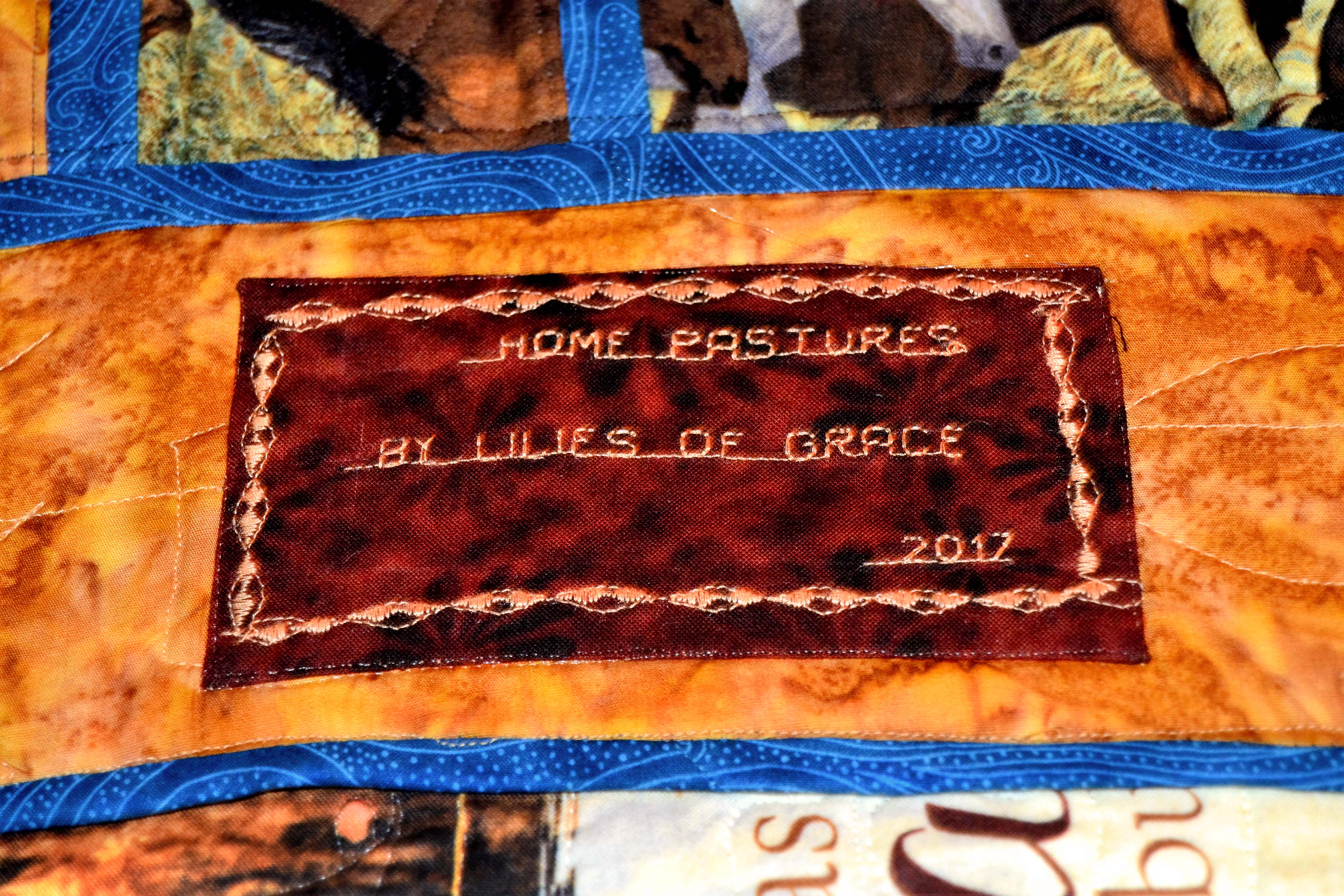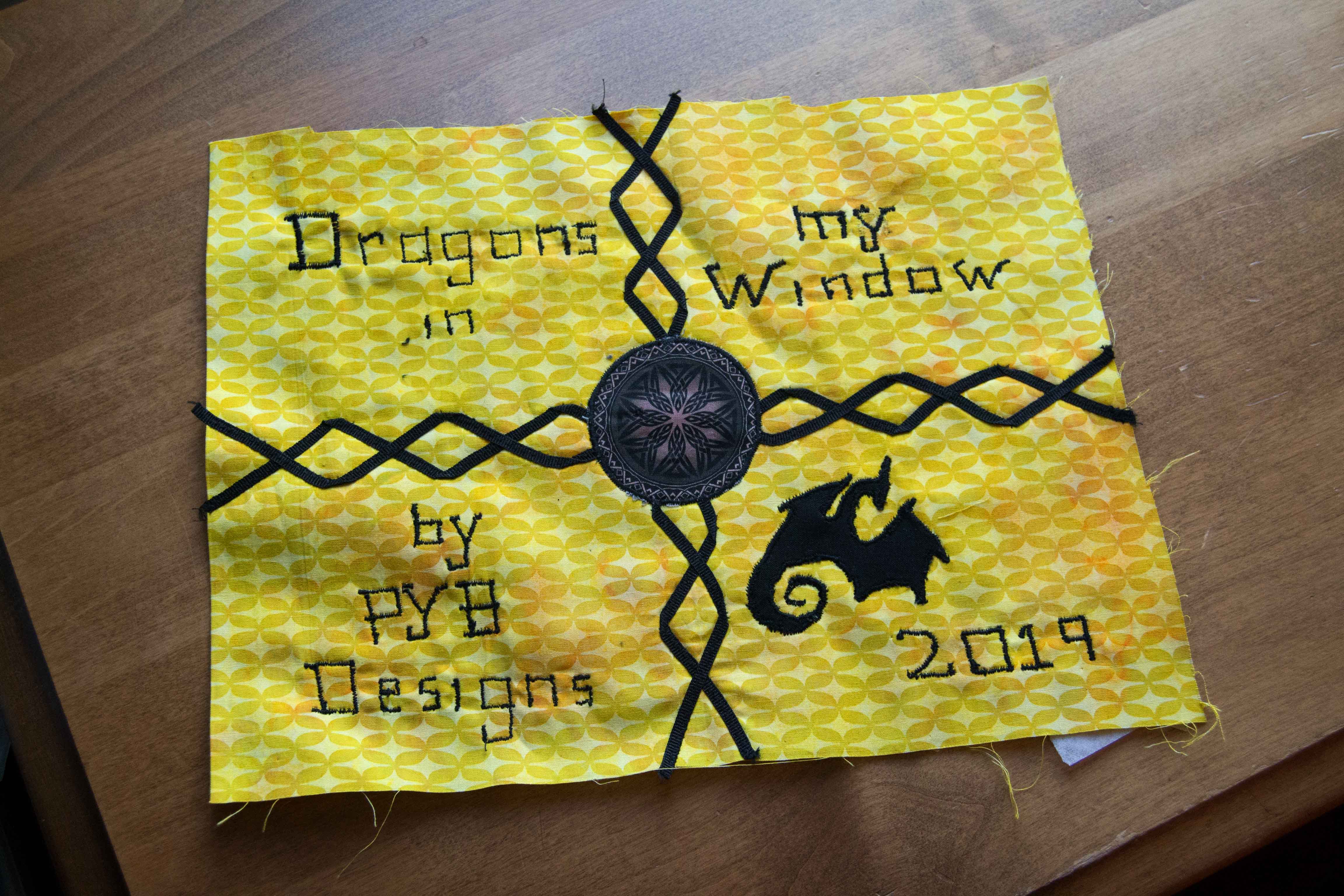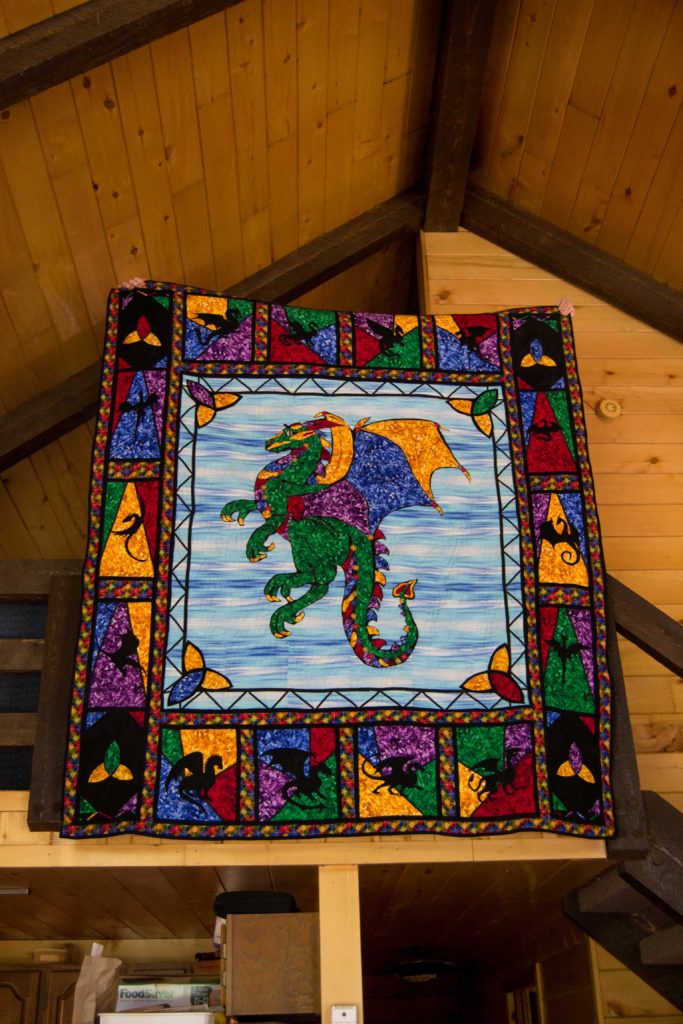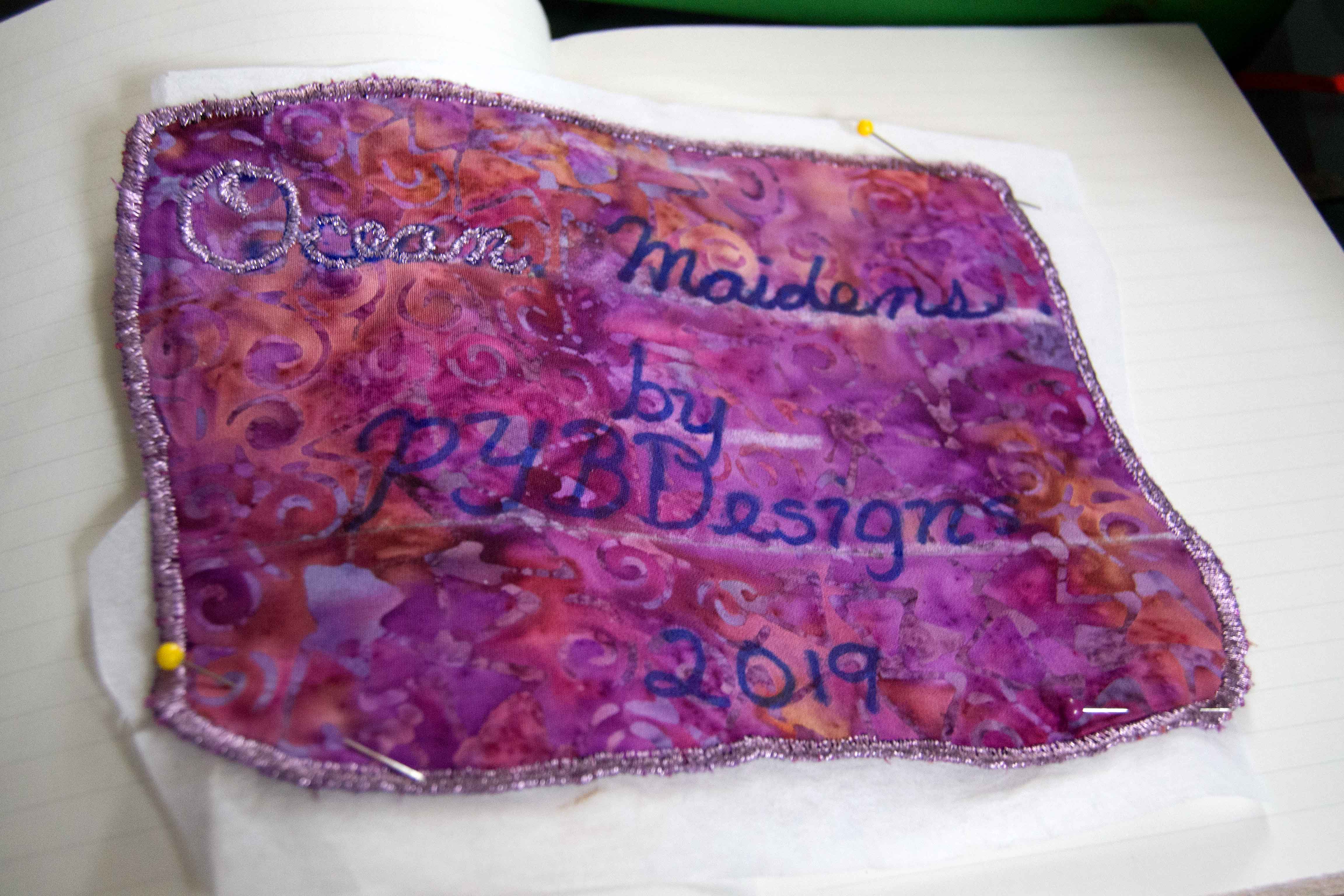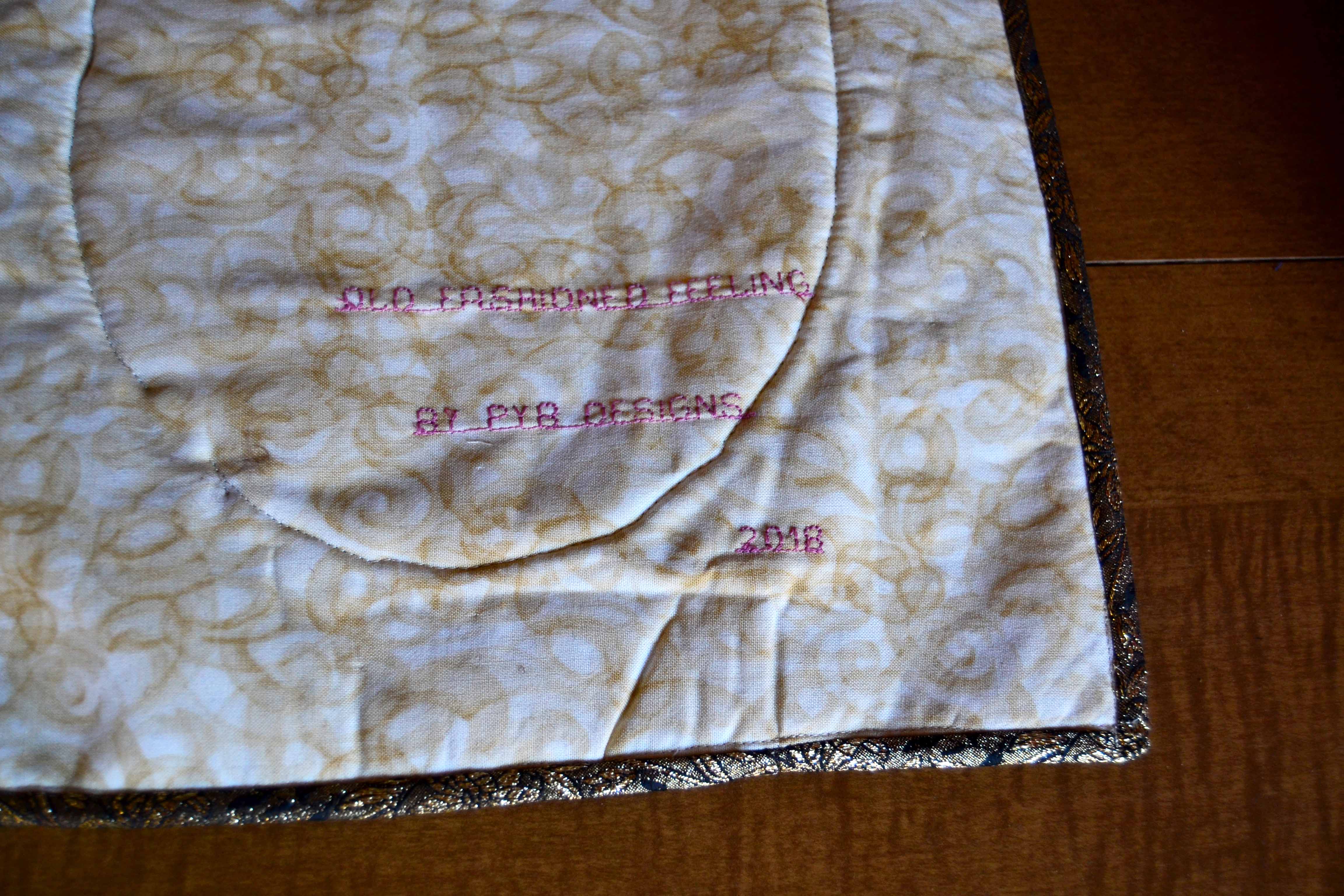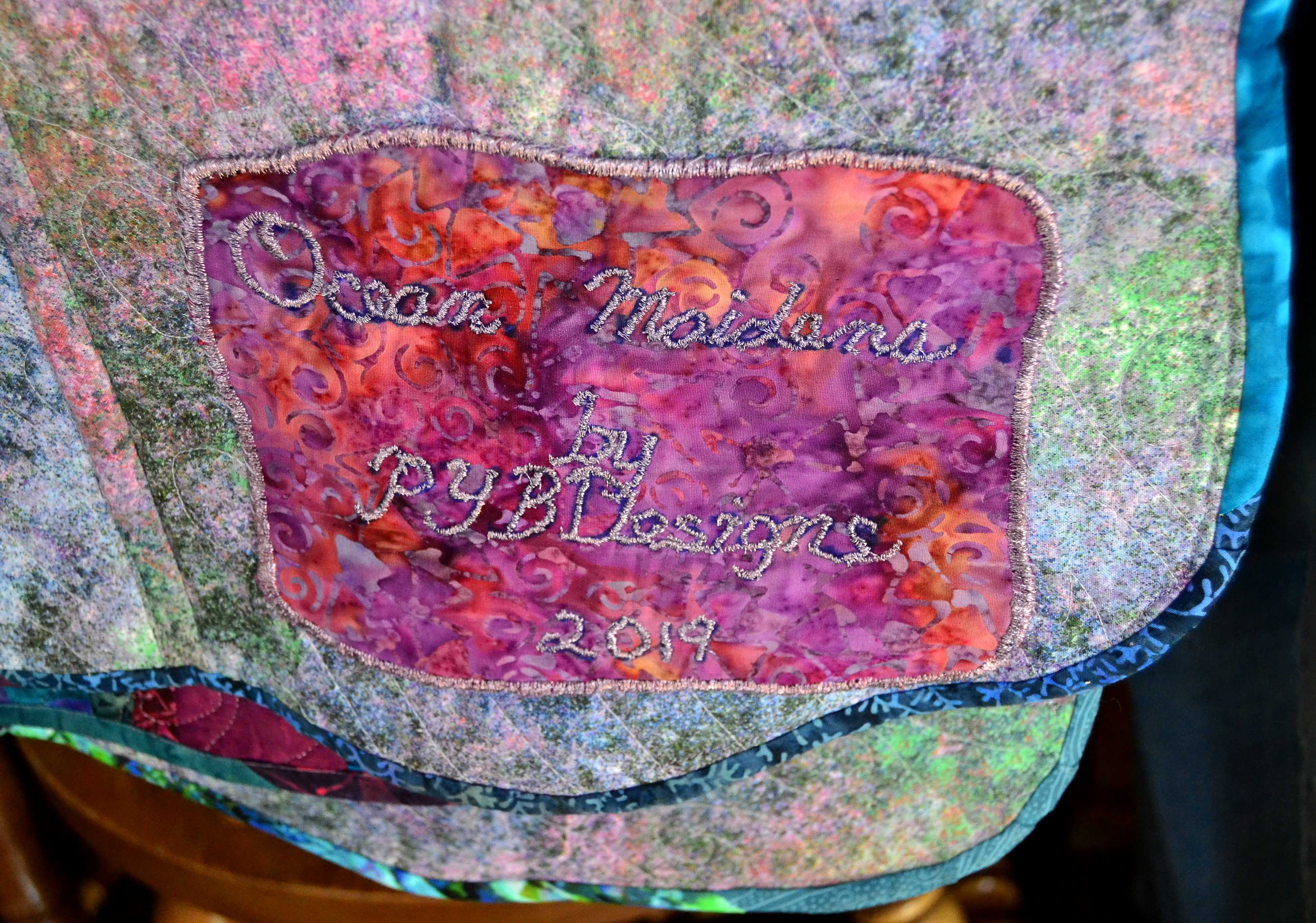Today we here at Princess YellowBelly Designs are honored by the company of a very special guest, a great and unique creative fabric artist, Kate Brown.
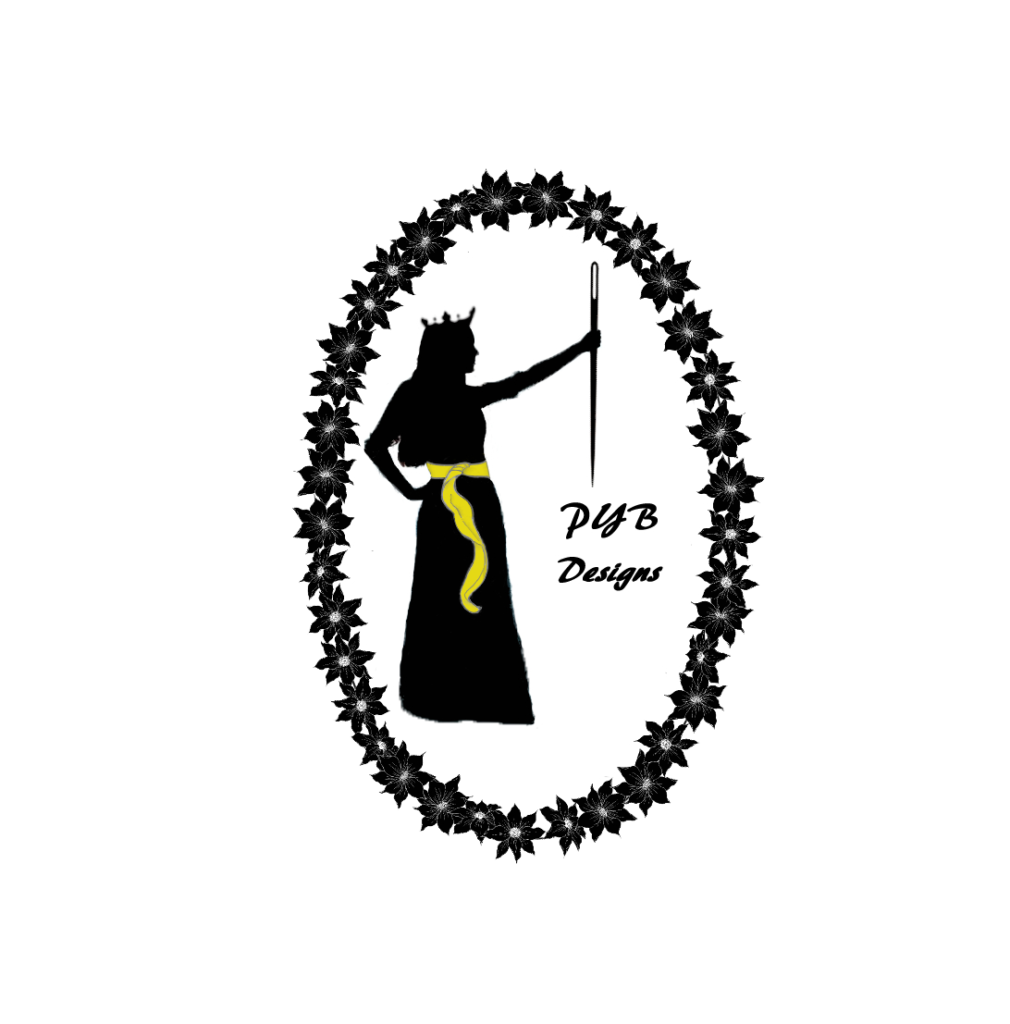
Under her brand, SparkleStash, she designs bold, modern quilt patterns, specializing in making absolutely stunning geometric quilts in miniature:
- Little tiny mug rugs (also called pot holders or hot pads)
- Post cards
- Throw quilts
Her designs are beautiful, bold, dramatic, and a true celebration of the color and life and joy that is unique and creative fabric art.
So without further ado, please help us welcome Kate Brown!
As a wife, as a mother – a pretty new mother right now!
What drew you to quilting in the first place?
It all started with my husband’s birthday. Well, he was my fiance at the time. He works for a coffee company and gets lots of coffee ‘swag’ (t-shirts!) from other coffee companies. They’re often beautiful and soft, but he gets them in all kinds of crazy sizes that don’t always fit. For his birthday I decided to make a t-shirt quilt for him in a throw size. I pulled my mom’s sewing machine out of her basement (complete with frilly sewing basket), watched some youtube videos for instructions, and got to work. Seven years and countless other quilts later, that first t-shirt quilt is still one of the most used of our quilts and definitely the softest. It has become one of ‘my’ prized possessions. There’s nothing more comforting when you’re sick and recovering. Or just for cuddling up under on a cold Minnesota evening!
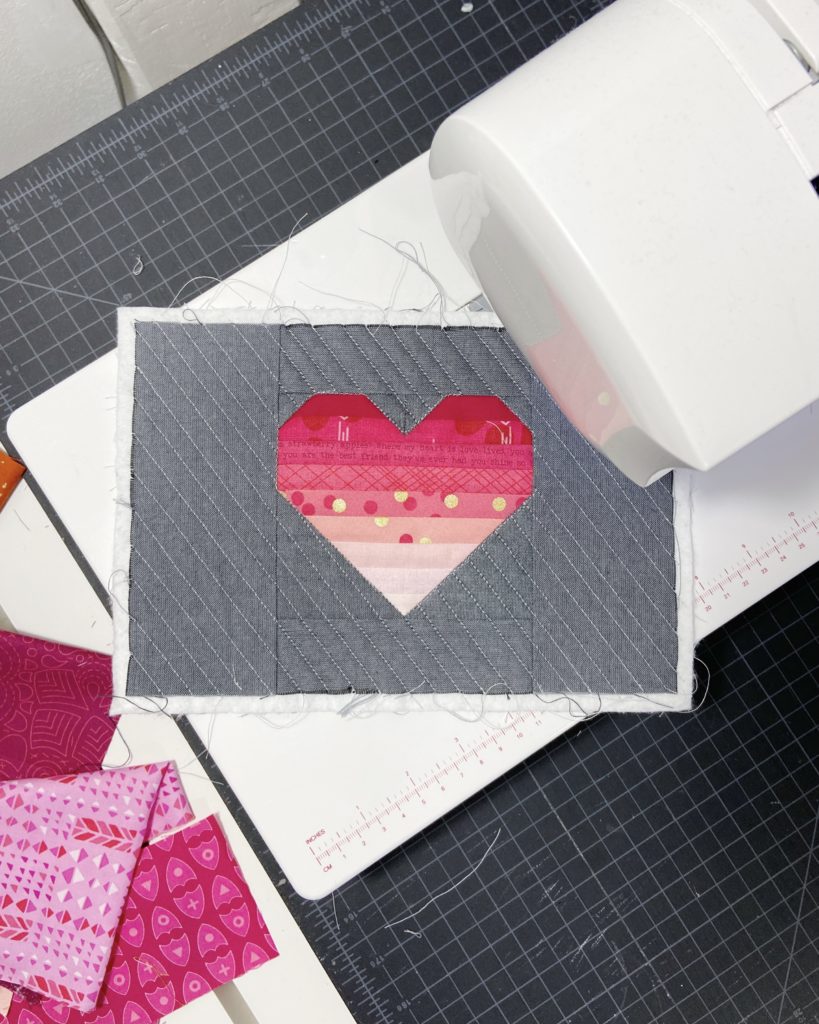
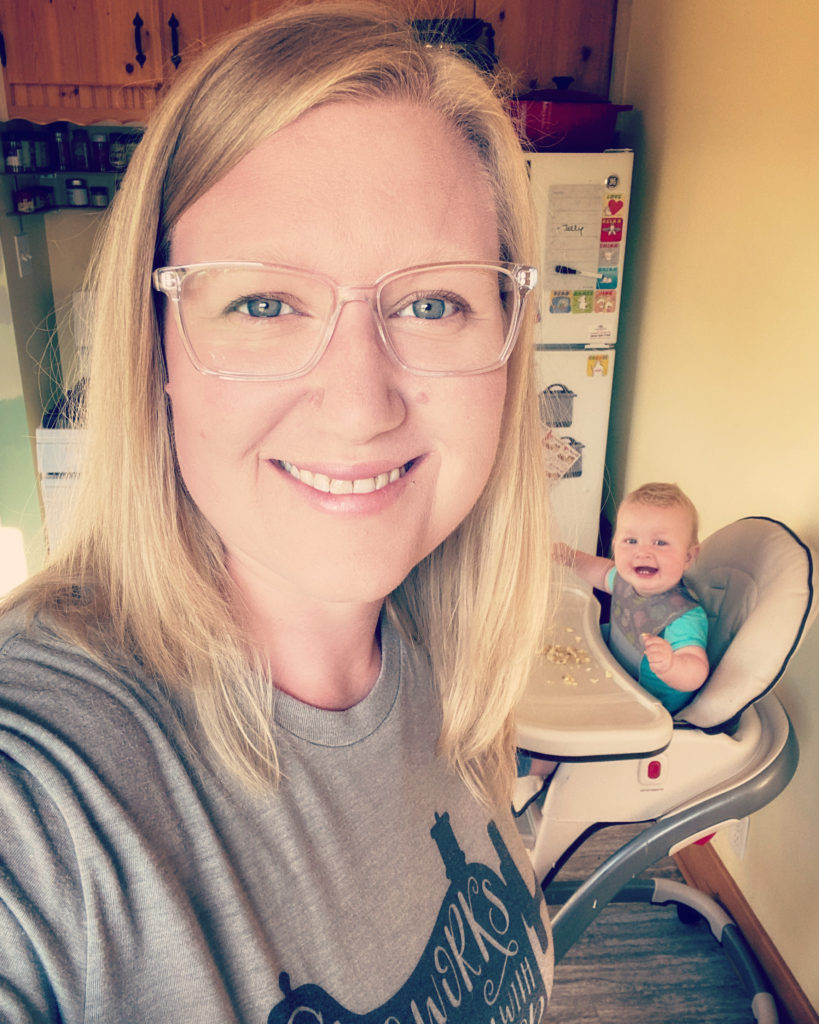
Biography:
I started quilting about seven years ago. I started (as so many of us do) by making a quilt for someone. But once I’d experienced the unique mix of creativity and structure required to think through and execute a quilt, I was hooked. Other than a few breaks when I’ve had new babies in the house (including the last seven months!), I haven’t stopped since. I love every stage of the design process–from the first spark of inspiration, to sketching, to computer mock ups, to the endless rounds of math, to pulling and then re-pulling fabrics, to actually piecing. My youngest son is transitioning into daycare over the next few weeks and I’m excited to get back to my machine and bring to life some of the ideas that have been marinating during all of those late night feedings.
*Where do you live?
We live in Minneapolis, Minnesota. There’s a good chance that the months of frigid winter here contributed to my quilting. When you can’t go outside for half the year, you tend to find things to do inside!
So, like many quilters, it quickly became an addiction!
What turned you from making coffee t-shirt quilts to the beautiful geometric quilt designs that you now create?
After making t-shirt quilts for about a year, I started doing quilt swaps on Instagram. In the process I discovered paper piecing and that’s what really unlocked my creativity. I’ve always been someone who loves both the creative aspects of pure art – designing something, choosing colors, etc. – and the technical aspects of actually building things. Quilting and making home decor are the perfect combination for me. I love that everything I create is unique and that these pieces of art don’t just sit in my house and accumulate dust but go off to brighten up someone else’s space. My most popular quilt pattern–a throw-sized quilt called ‘Color Jolt’–is a beginner-friendly paper piecing pattern and I absolutely love seeing other quilters fall in love with paper piecing.
Are you a solo artist or do you work with other people to create your designs?
I do all my own design work, but I do love working with others. A few years ago I ran a huge postcard swap and designed a series of paper pieced postcards for that specific event. So all the design work was mine, but the enthusiasm of the quilters in the swap provided important fuel for the process. I also have a group of talented pattern testers that test my final full designs. And I love hearing from quilters who have used my patterns and reach out to share their final results!
What type of fabric art do you most enjoy?
My patterns are modern and tend to start because there’s something I want to have in my home, and so I create it. Then I generalize that into a pattern. I’m redecorating my house right now and the next pattern I’m releasing started because it was something I wanted to make for one of our bedrooms.
Can you describe your generalization process a bit more?
This has changed a bit over the years. I used to do a lot more planning before I got to actually cutting into fabric, but as I’ve gained experience I’ve felt more freedom to experiment. Now I usually go from a sketch to roughing in some math around the sketch to pulling fabric and cutting into it. Once I’m a little ways into things and made any adjustments along the way, I circle back and do all the computer work–mocking up the design, making any templates, and doing the endless math required to compute fabric requirements for multiple sizes of the quilt. Then I write up the pattern, send it off to my lovely testers, and start whipping up sample quilts.
I love the effect of beautifully done geometric patterns, but I don’t have the patience for it!
What is it that you love most about these types of patterns?
My favorite thing about paper piecing is actually how easy it is to make striking, geometric patterns. The paper templates do all the work for you! Unlike traditional piecing, there’s no difficult seam-matching and infinite perfect pressing. You can print your templates, pull your fabrics, turn on your favorite music or show, and zone out while you work through the methodical process of adding your fabric to your templates. If you haven’t tried it, I can’t recommend it enough!
What’s your favorite type of project?
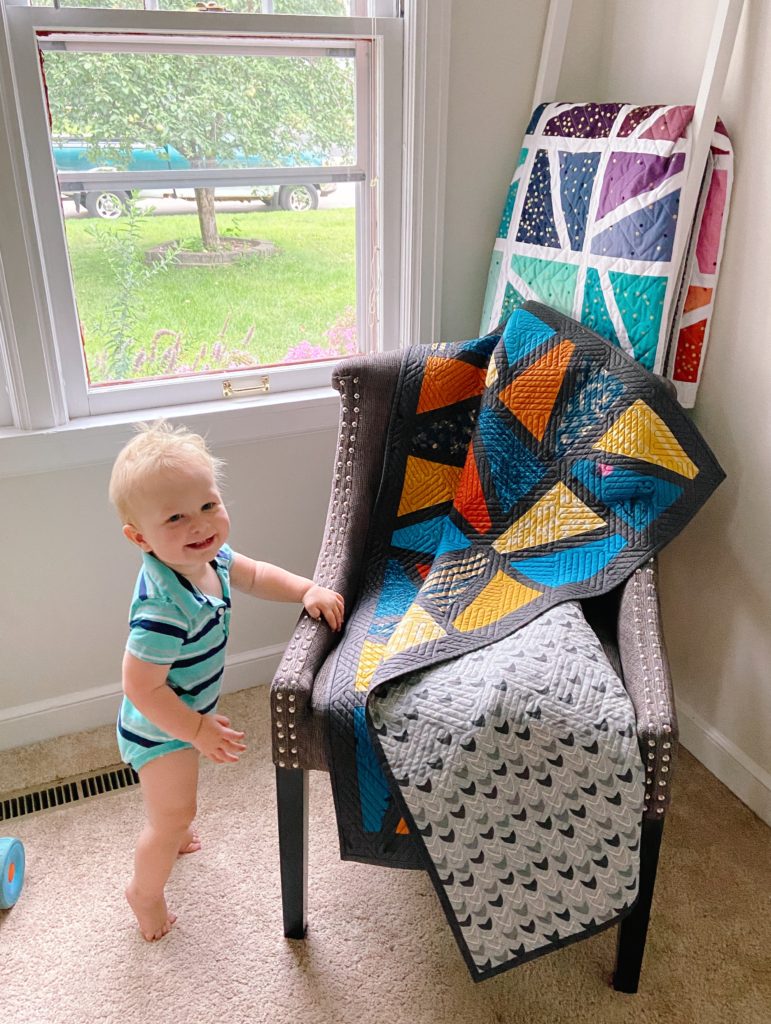
I did a lot of mug rugs and smaller paper pieced patterns before I started designing larger quilts. I still love both and have been tinkering with a new collection of mug rugs / postcards (and a quilt pattern at the same time, to be honest). I’ve always got about 10 things going on at once. I think ultimately quilts are my first love, but being able to go from concept to finished pattern in a short period of time makes smaller projects a satisfying change up in between those larger design projects.
Do you have a piece or project you’re most proud of?
My ‘Color Jolt’ quilt was my first quilt pattern and still one of my favorite designs. It’s also my most popular and I love hearing from new paper piecers who tried it and got results they love.
I see more and more of these fabric/quilted postcards, and I’ve got to ask:
How does that work?
- Are there specific standards (Post Office) that you have to adhere to?
- How do you make it so your customers can fill out the back?
That is a great question and one with a lot of answers, to be honest. Generally you combine a fabric front with a stiff inner layer and then use either fabric or a thick cardstock for the back. You can use traditional binding around the edges but many people use a tight zigzag stitch or other material around the edges. The sky is kind of the limit on this part. I like using cardstock on the back so it’s easier to write on. You can attach postage directly to the back. Postage will vary depending on the size of the card. Usually you can’t actually use a postcard stamp (the lower rate stamp) because your postcard will be too thick or too big. I actually send mine in envelopes because I’m a little too paranoid about them getting dirty in transit.

Your kids are very young!
As a mother of three myself, I know that raising children while sewing is a unique challenge.
Haha, that is very true. Quilting itself is fine because I can just spend the five or ten minutes I have at a time at my sewing machine, but the actual design process and math involved is much harder to pick up and put down over and over. That’s why I took an actual break this time around with my youngest. Designing takes more mental concentration than a newborn allows. I’m excited to get into the years where they’re big enough to entertain themselves but small enough that they can’t climb up on my sewing table and mess with anything yet. On the other hand, babies do make quilt photos extra cute.
Is there a type of quilting pattern or design that you’d like to try, but haven’t yet?
I work with a lot of color but I’ve been toying with the idea of making a black and white or grey and white quilt sometime this year.
Do you do any public displaying of your geometric quilt designs, like at fairs?
Nope!
I love your honesty! I don’t either, but so many quilters do that it sometimes feels like a necessity.
How can our readers reach or follow you?
You can follow me on Instagram @sparklestash

I for one loved that unique insight into paper piecing (a technique I’ve never tried before) and the creative ways that Kate Brown has used geometric quilt designs to create all sorts of delightful and unique projects, like fabric postcards and mug rugs!
Want More Paper Piecing & Unique Geometric Quilt Designs?
If you answered yes, you’re in luck! Kate has generously agreed to join us for a live webinar on May 3rd @ 3 PM Eastern Standard Time. If you want to join, you need to be subscribed to our newsletter list:
How-to Recommend Another Unique Artist
Being able to showcase unique artists like Kate is one of the best parts of being Princess YellowBelly Designs. We love discovering new artists, learning about their techniques, and getting to experience their amazing works of art. If you know of someone – or are someone – who practices a unique form of fabric art, please use the form below to let us know!

